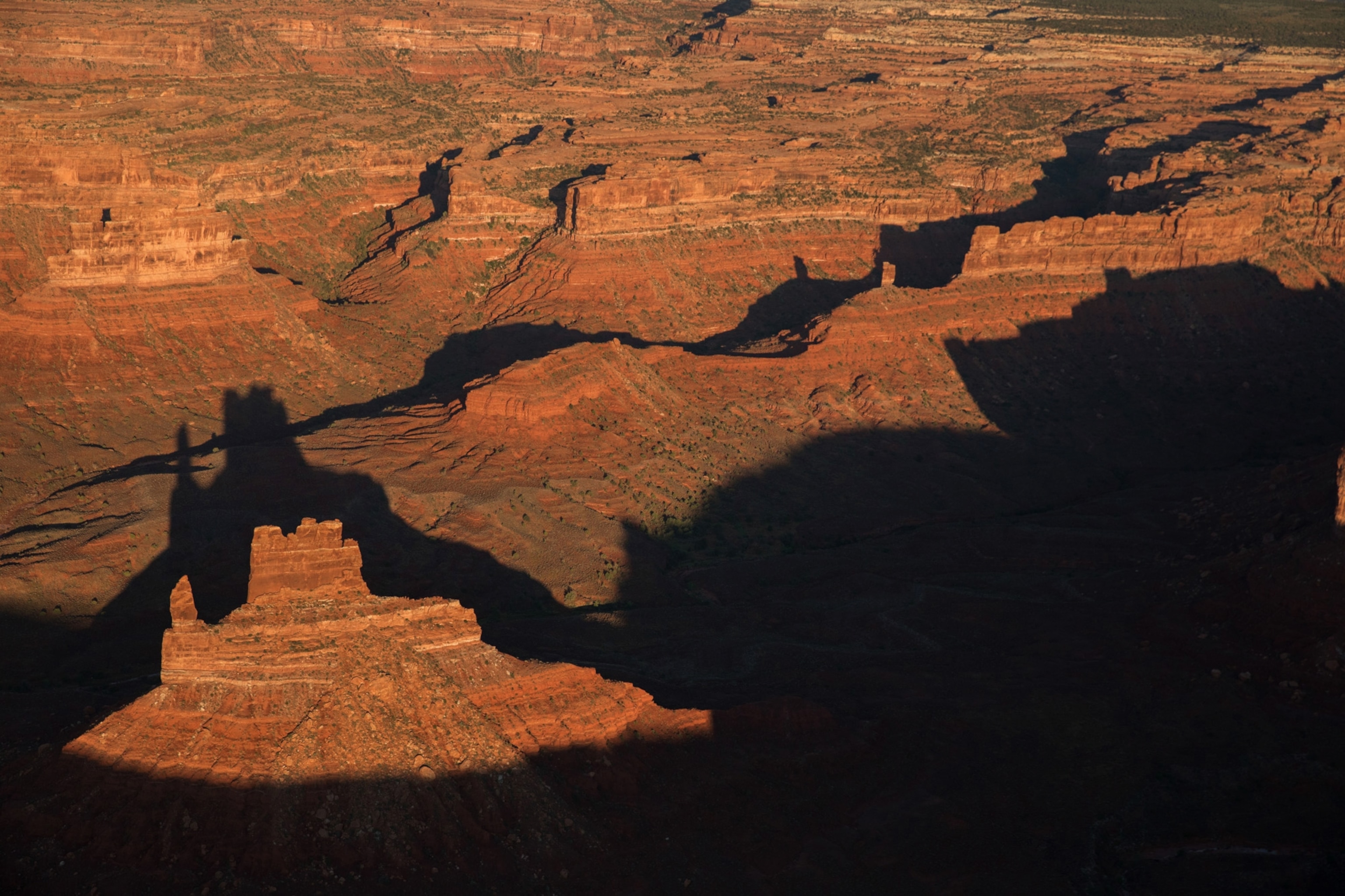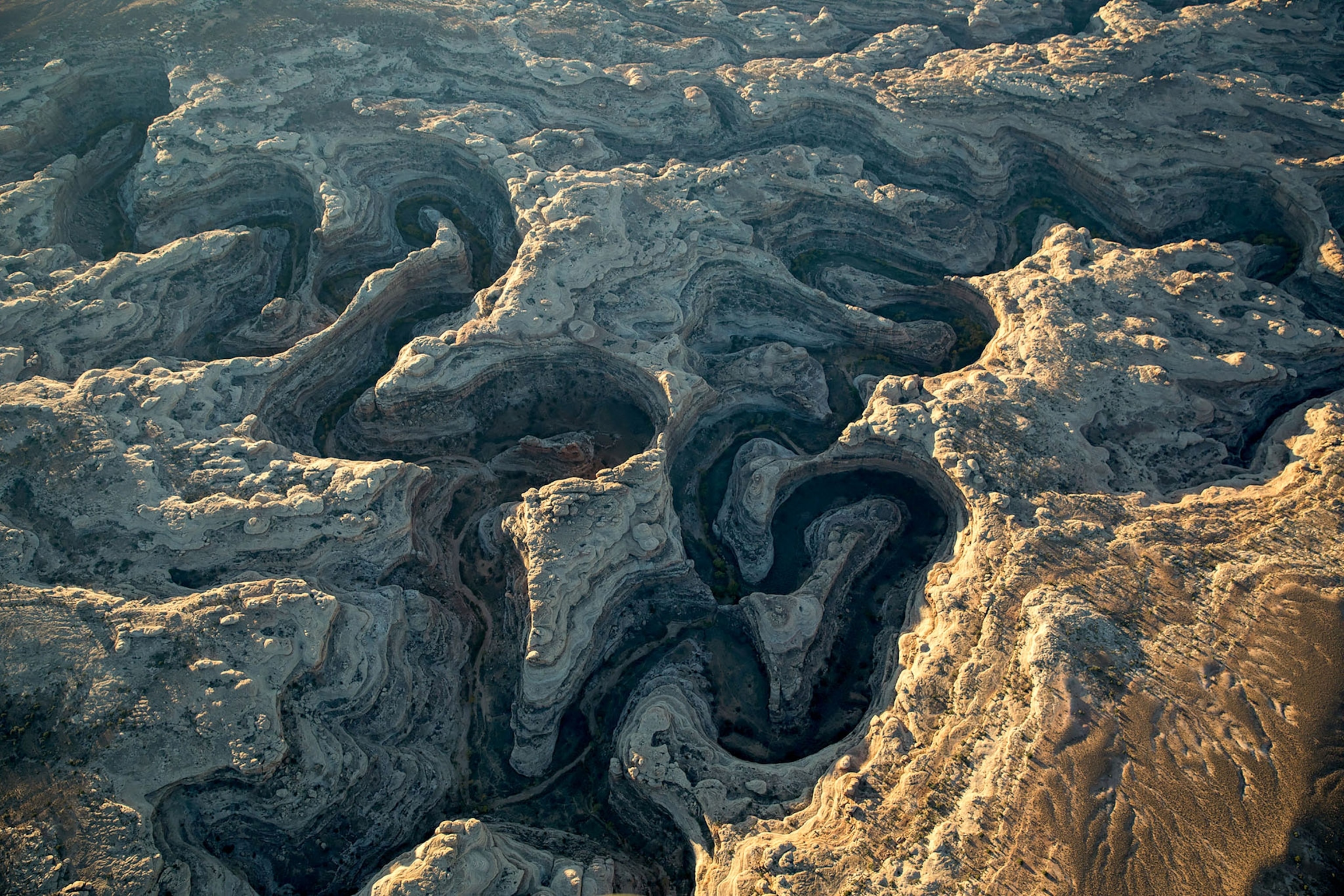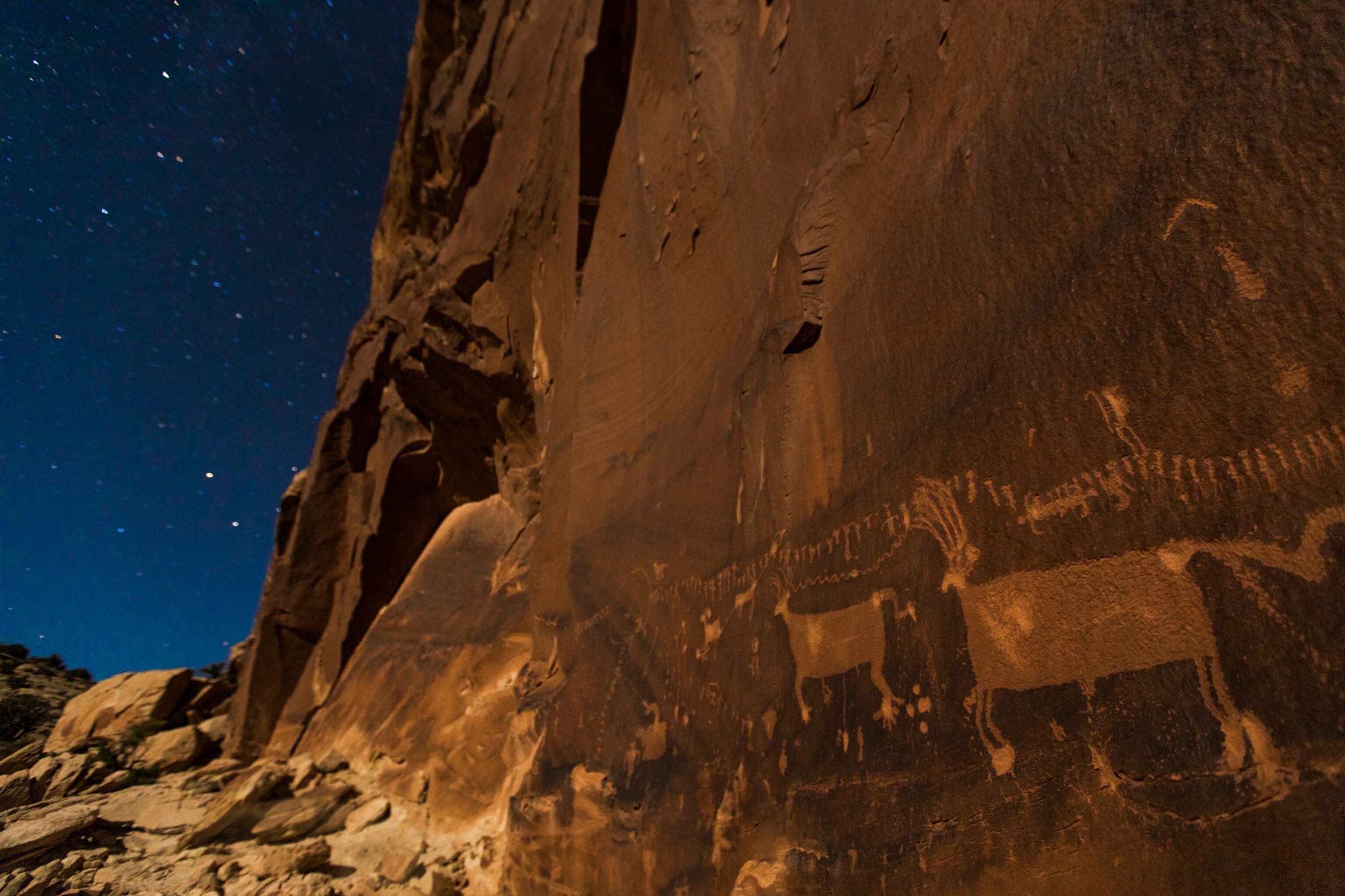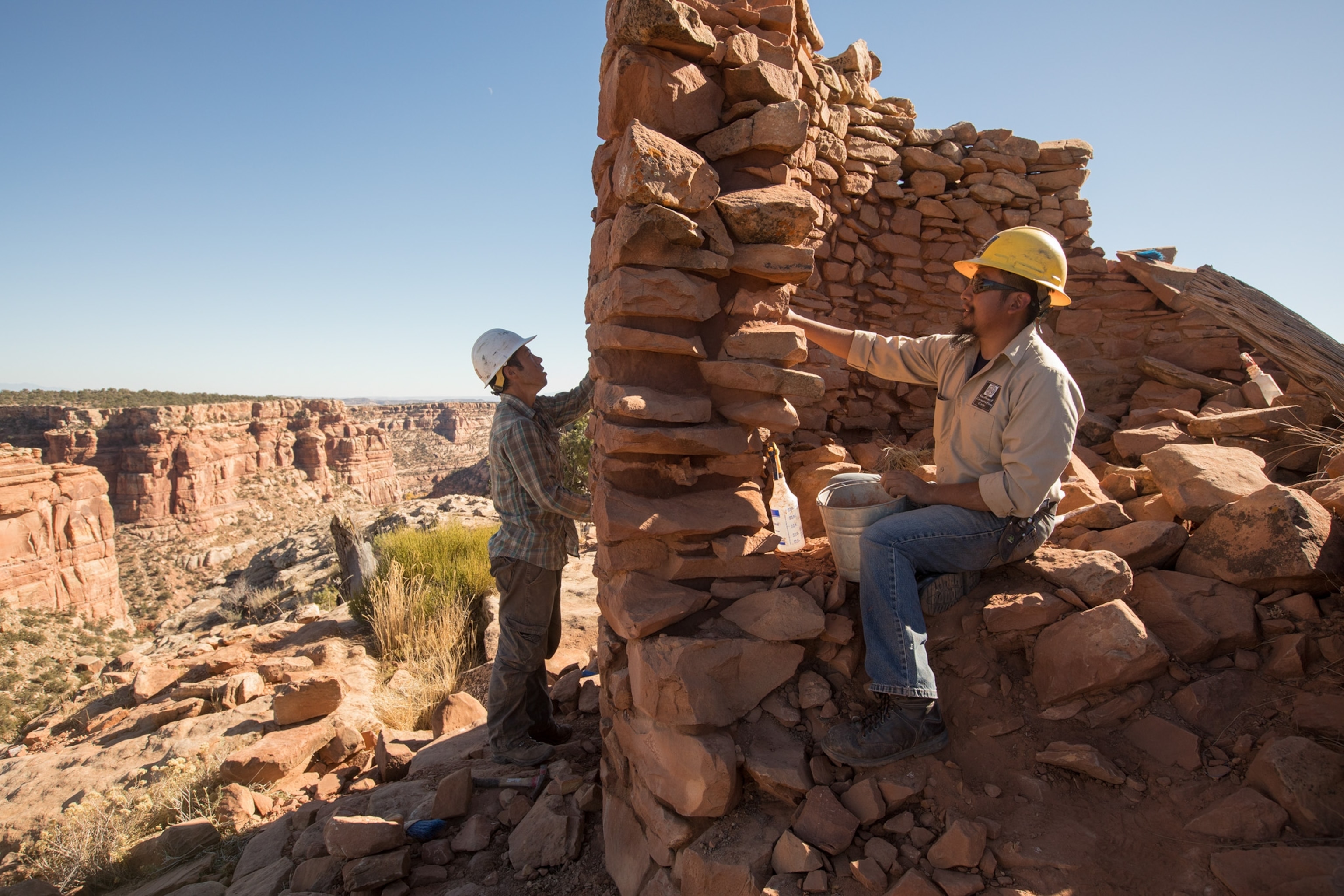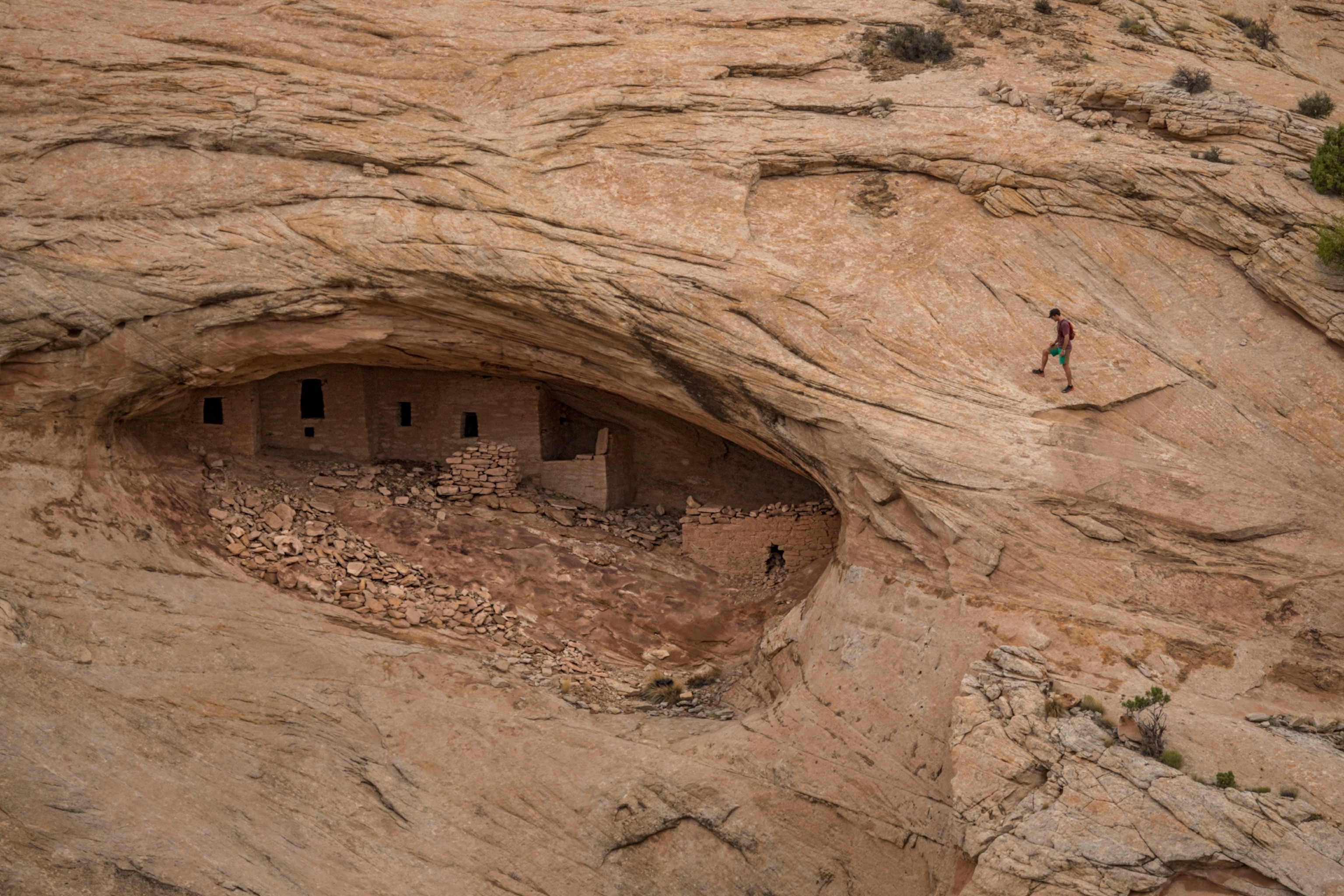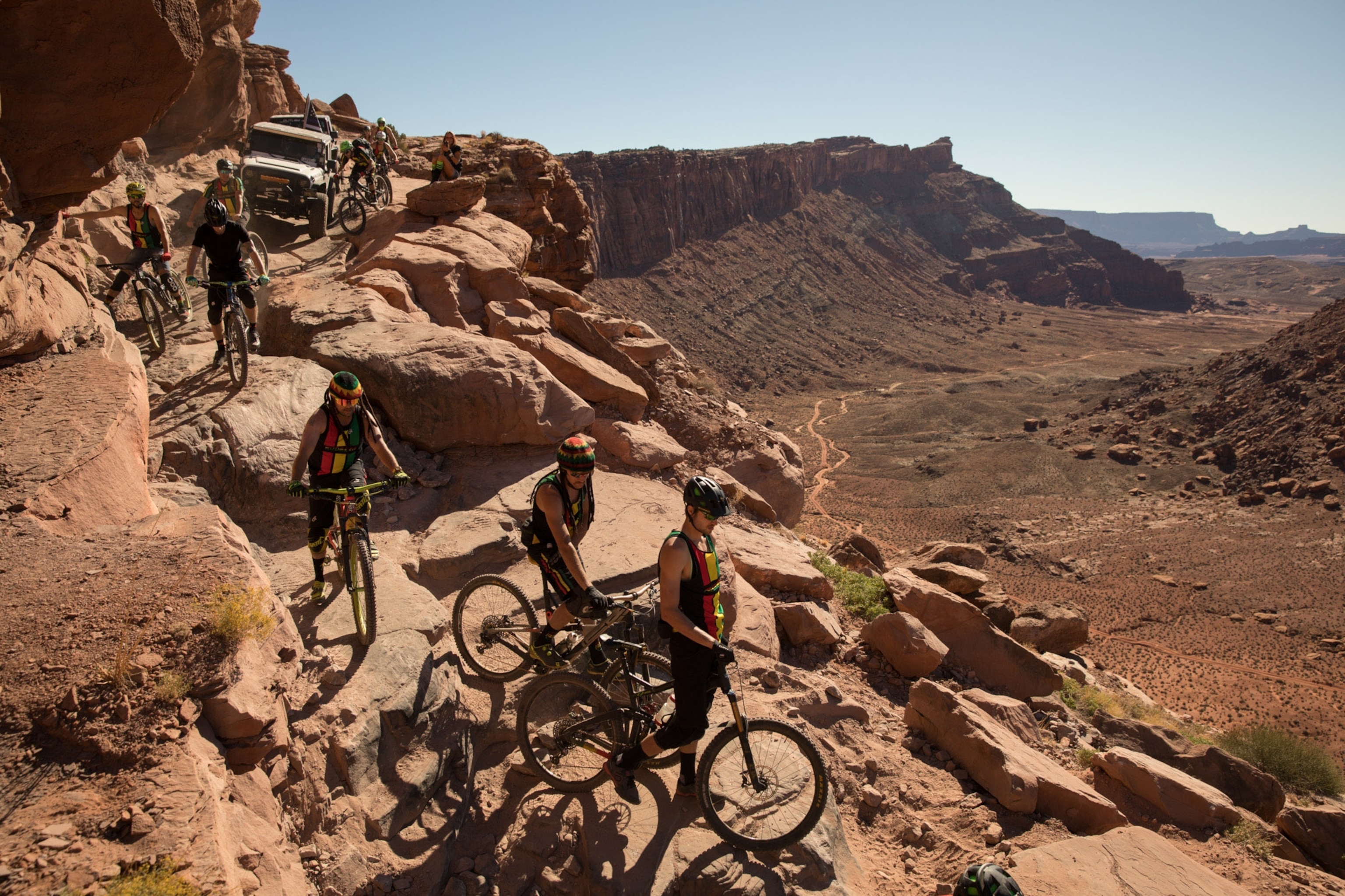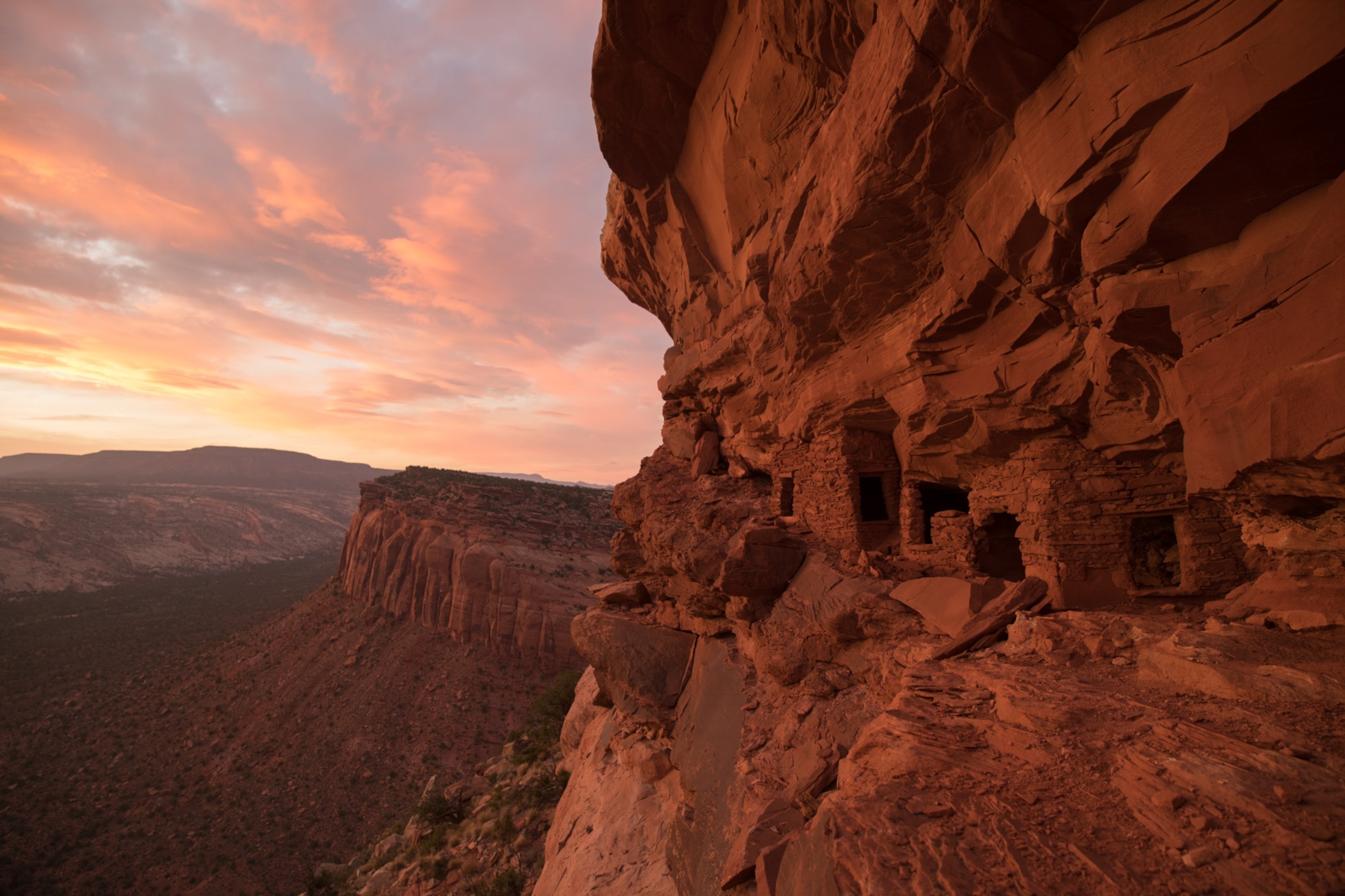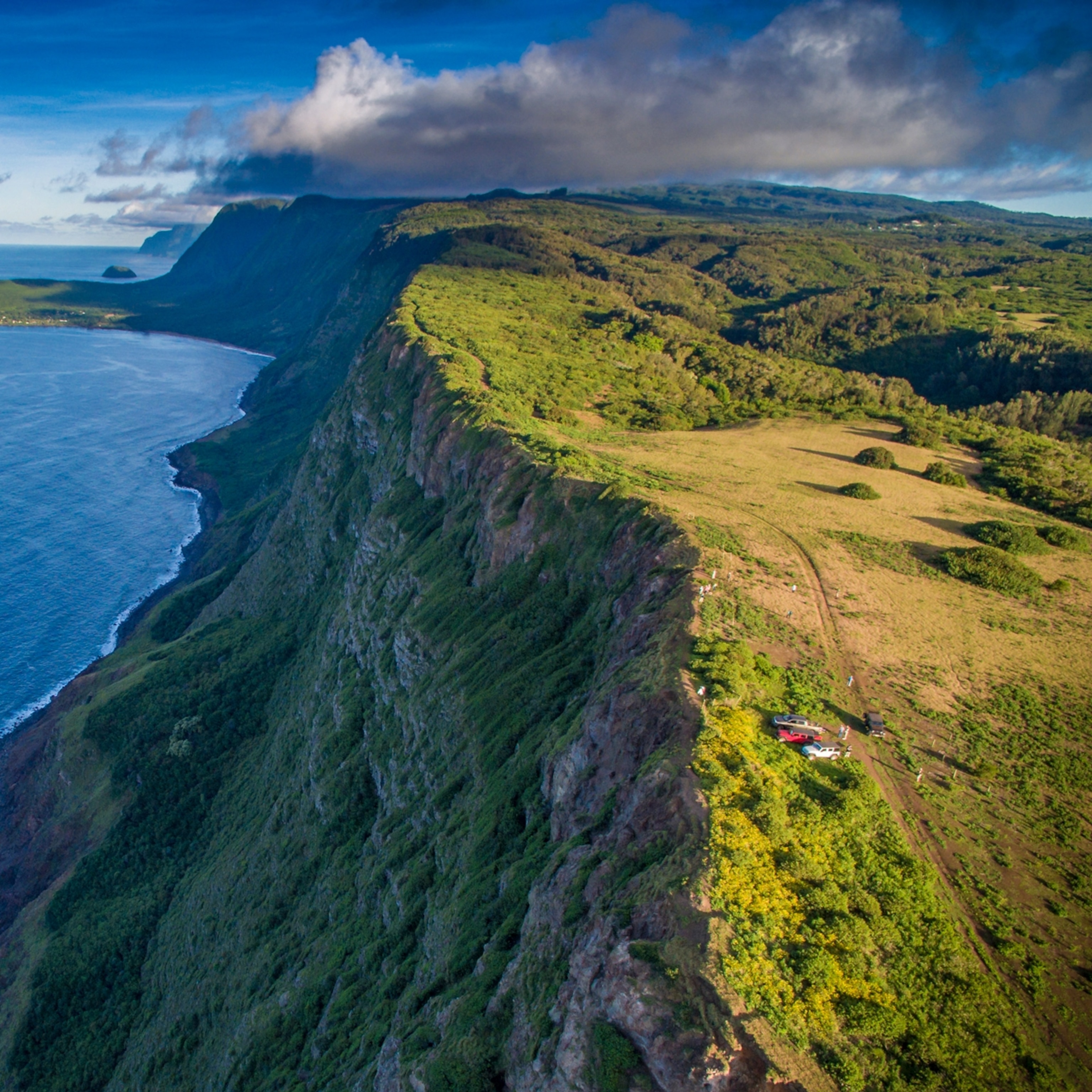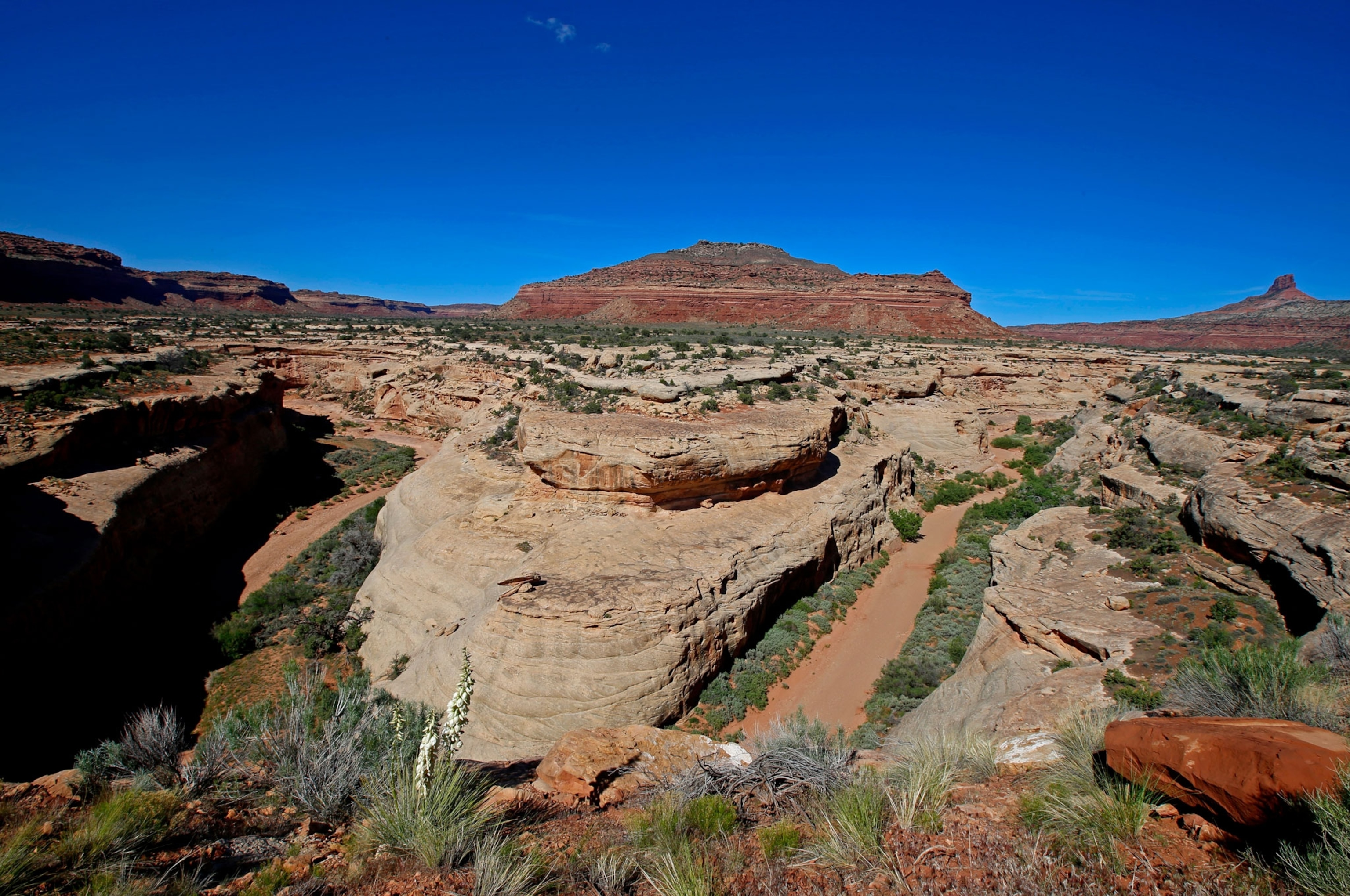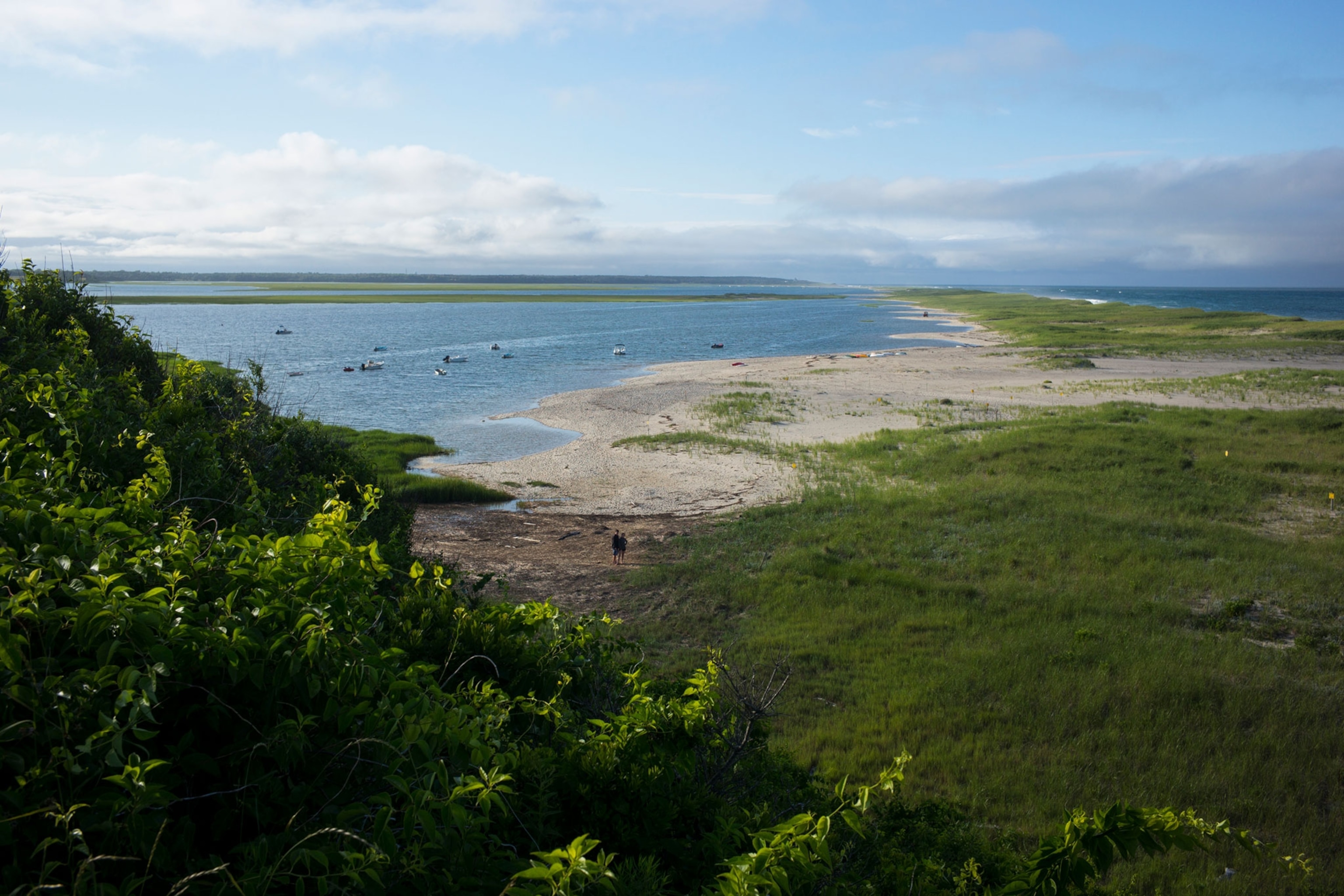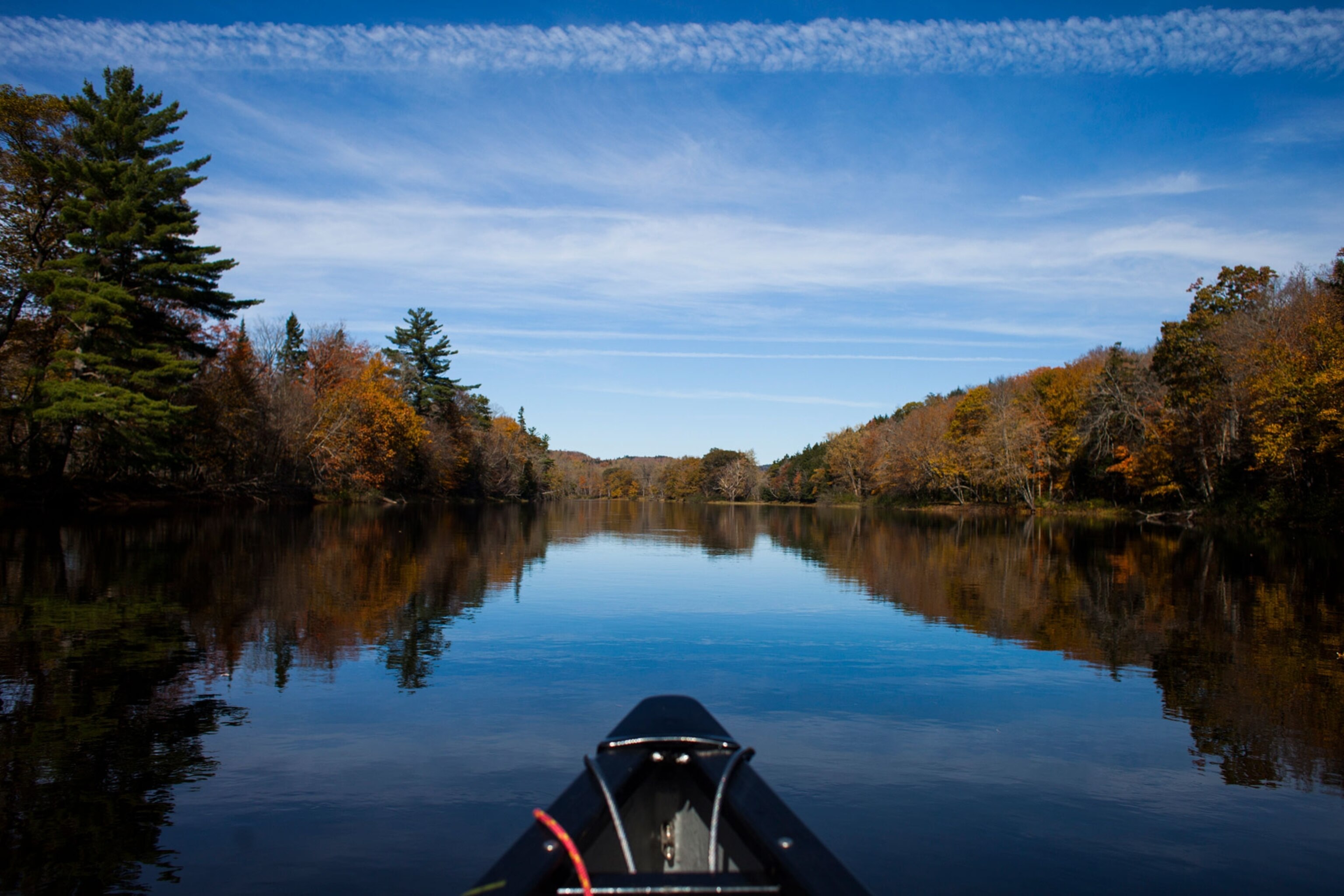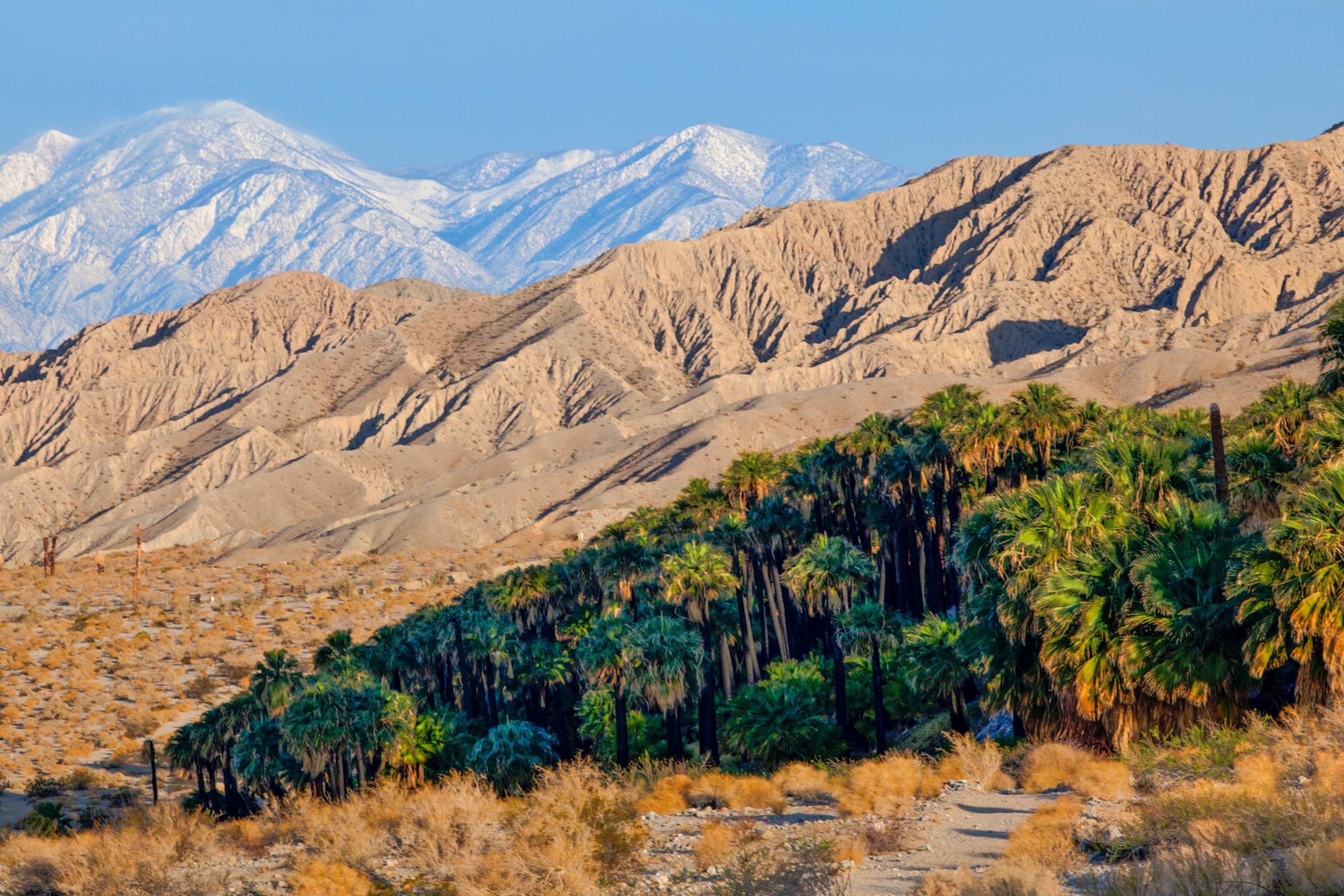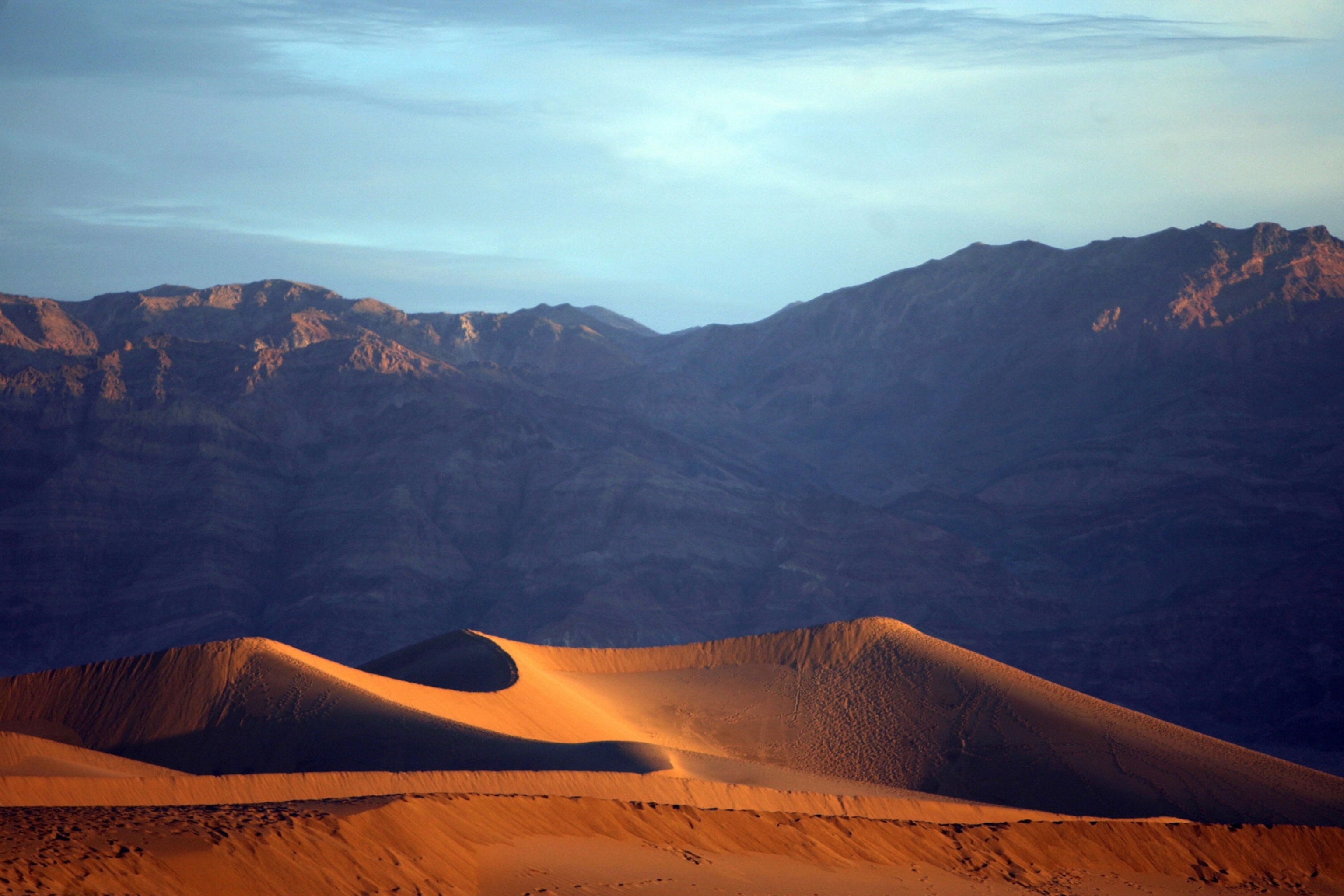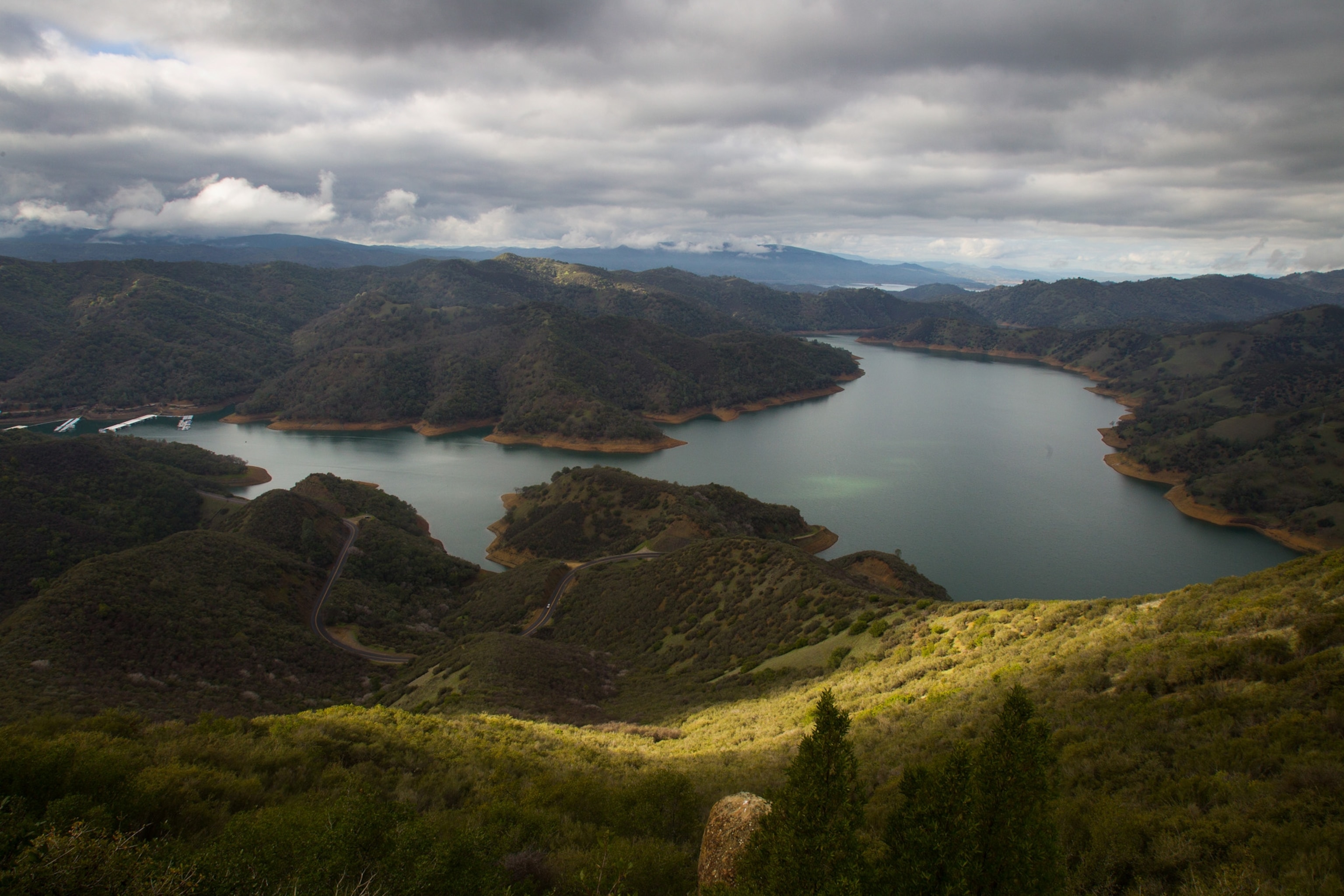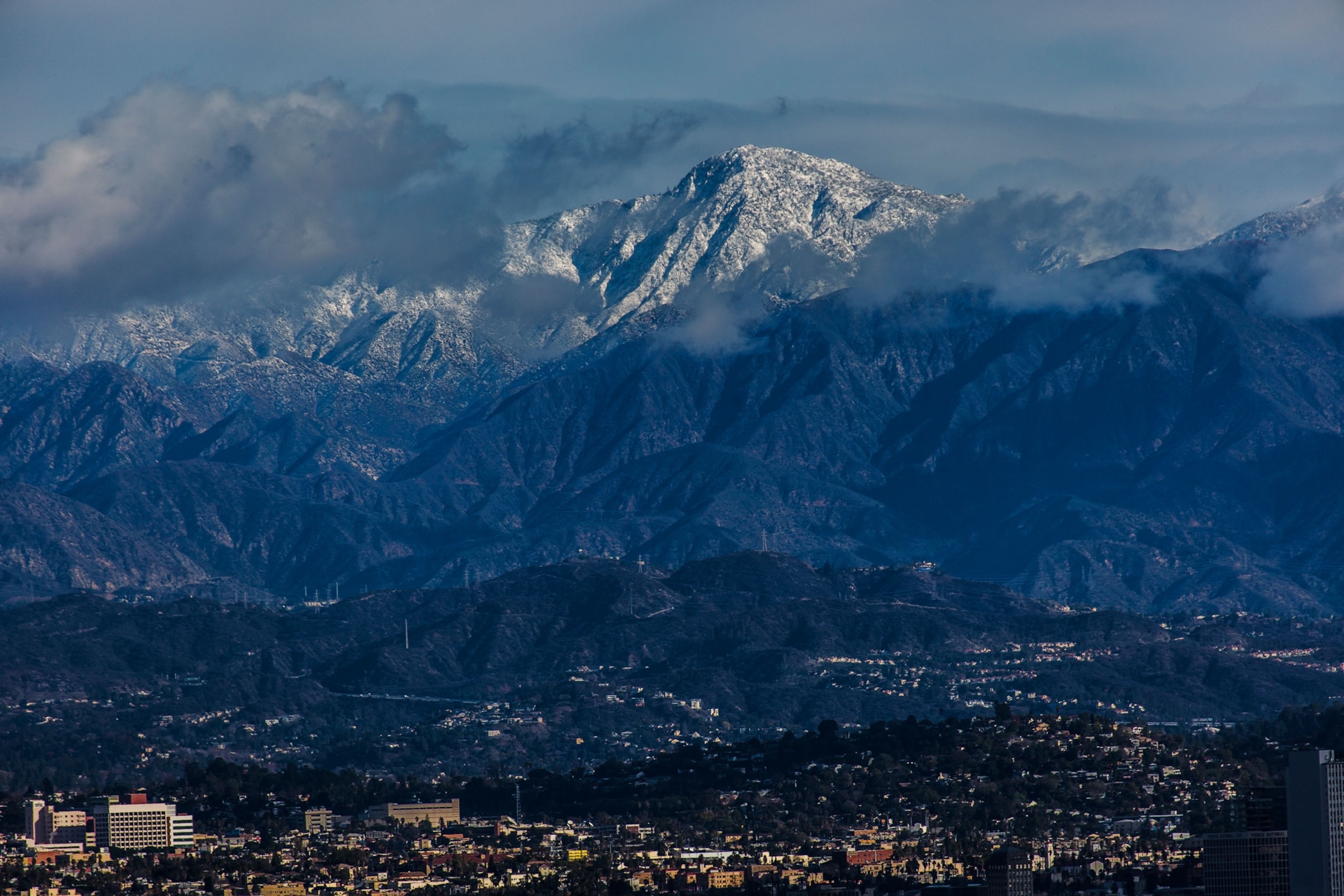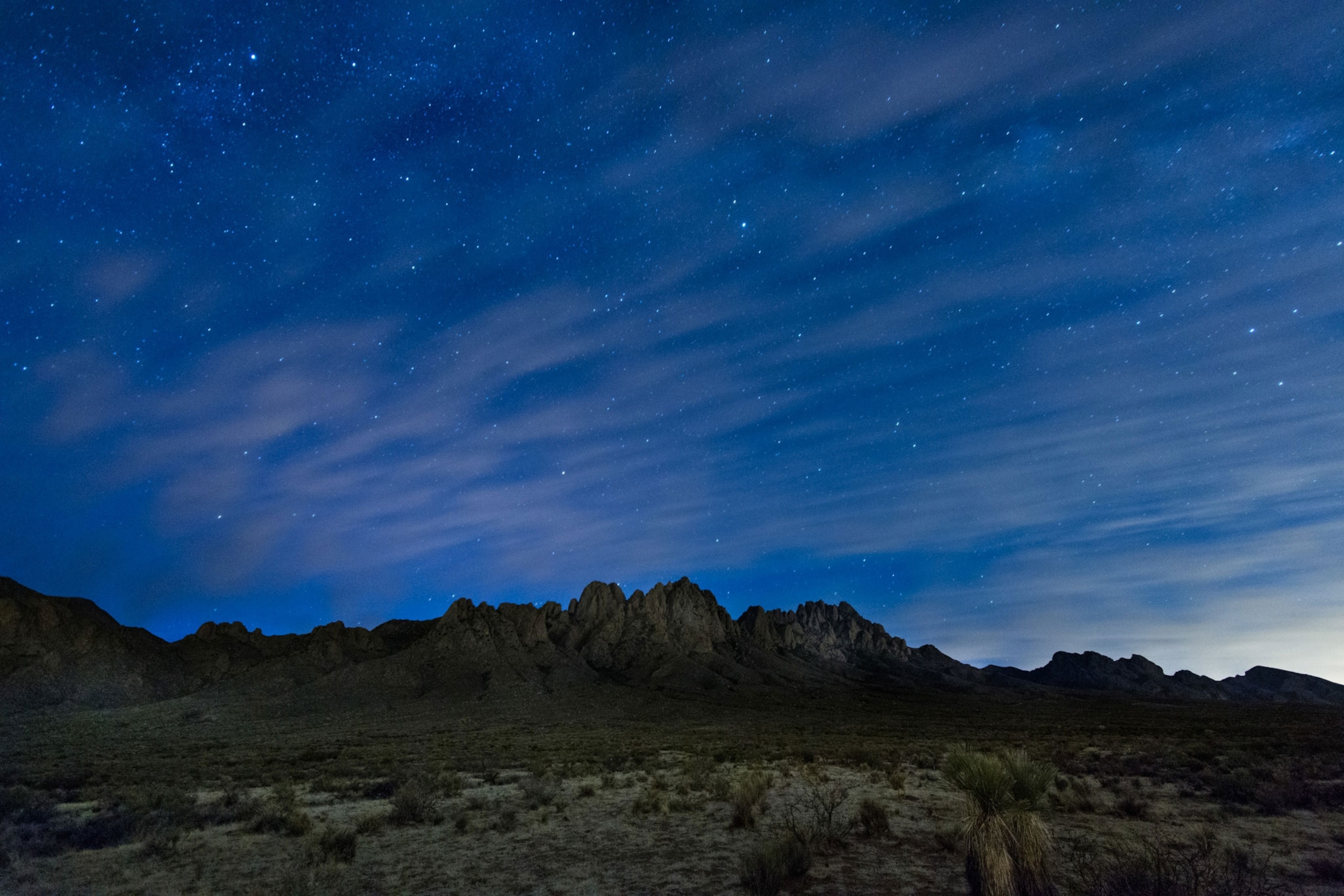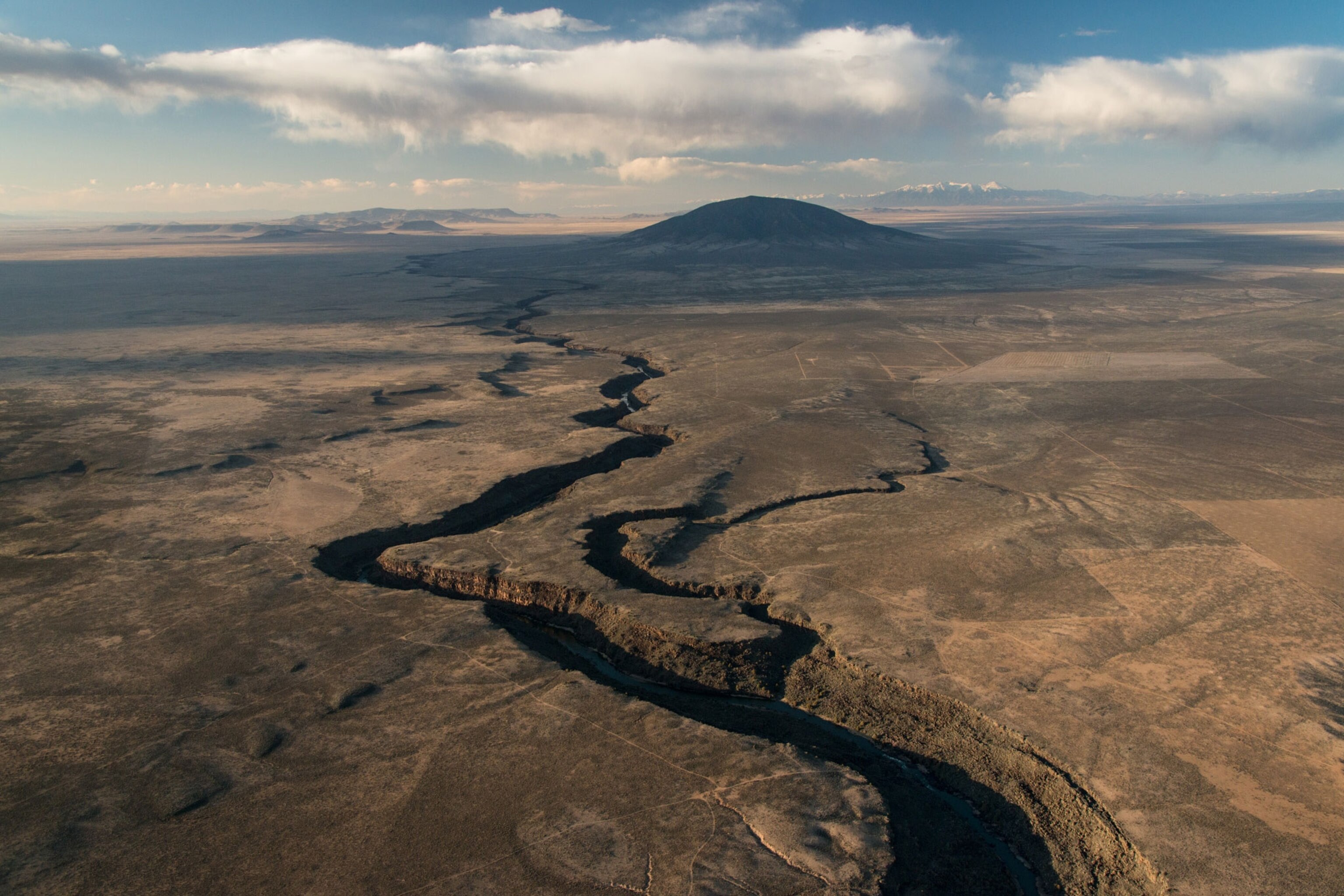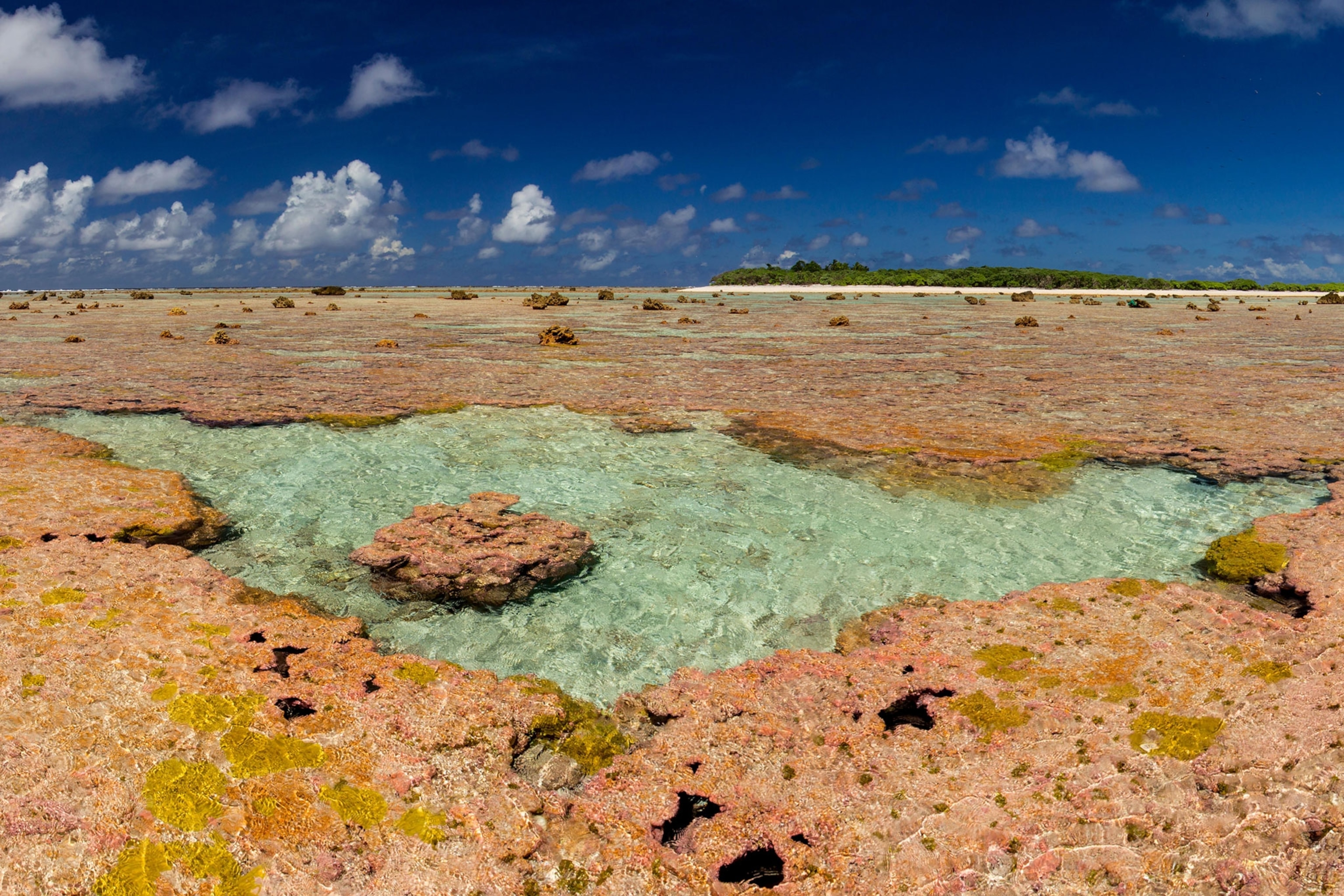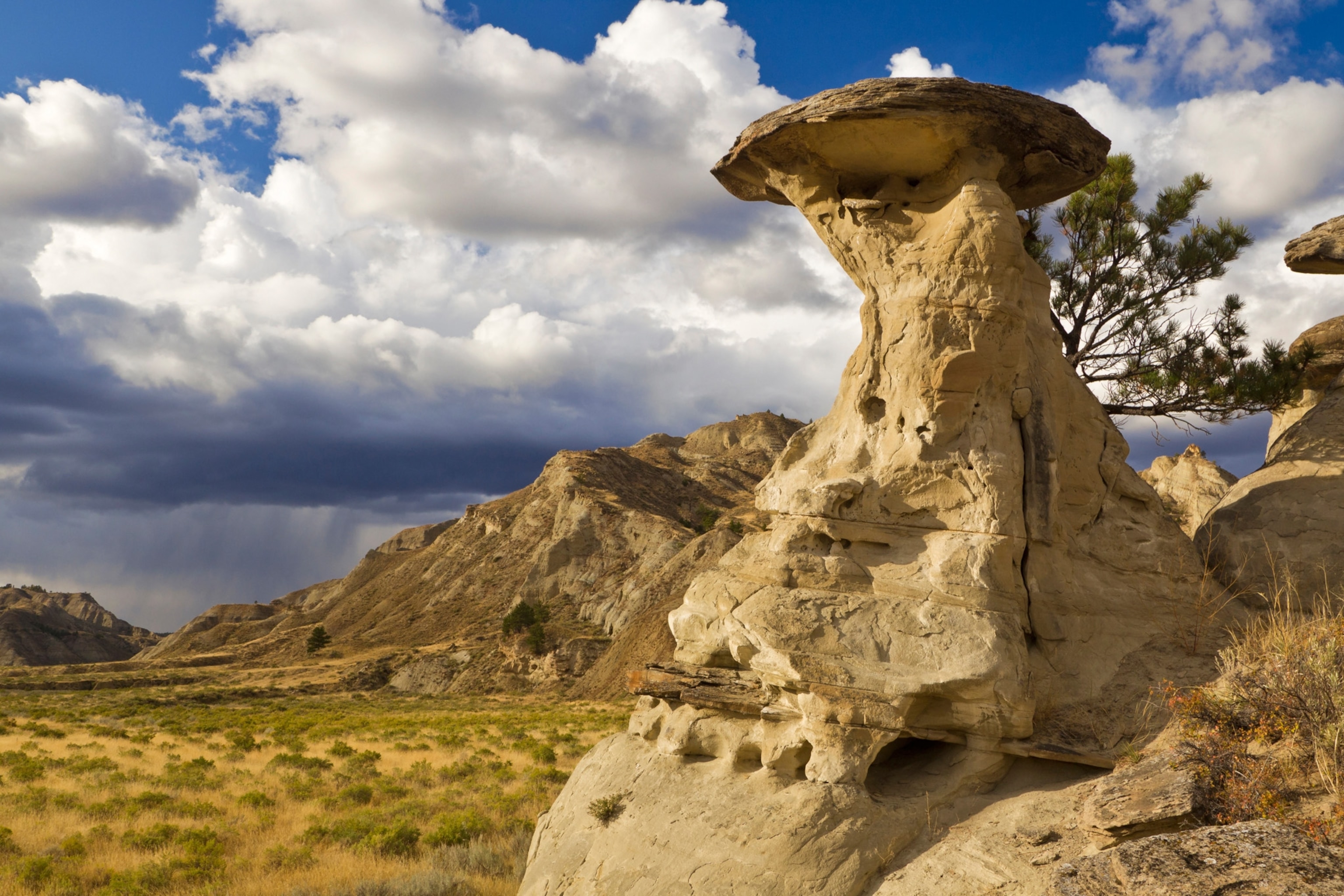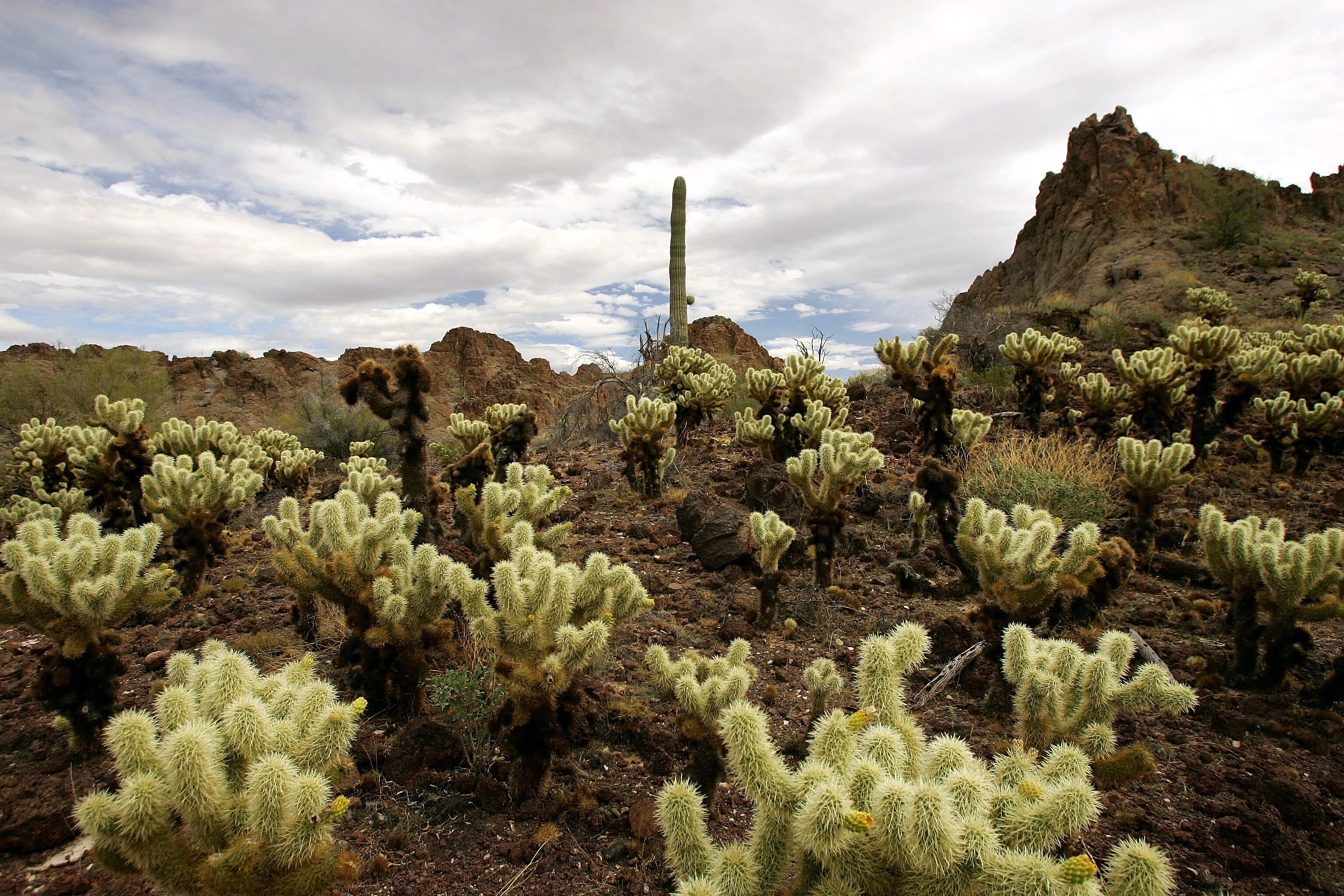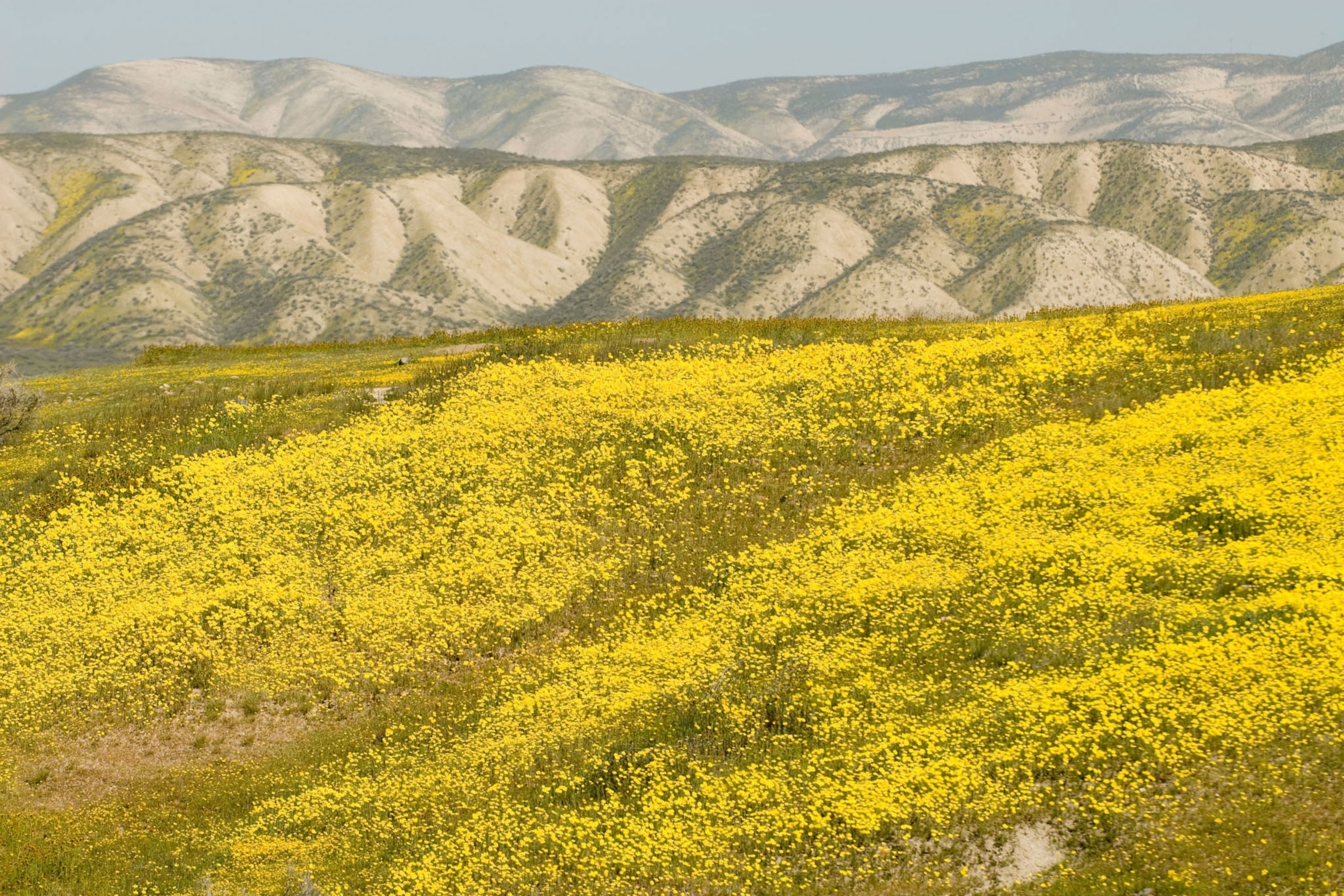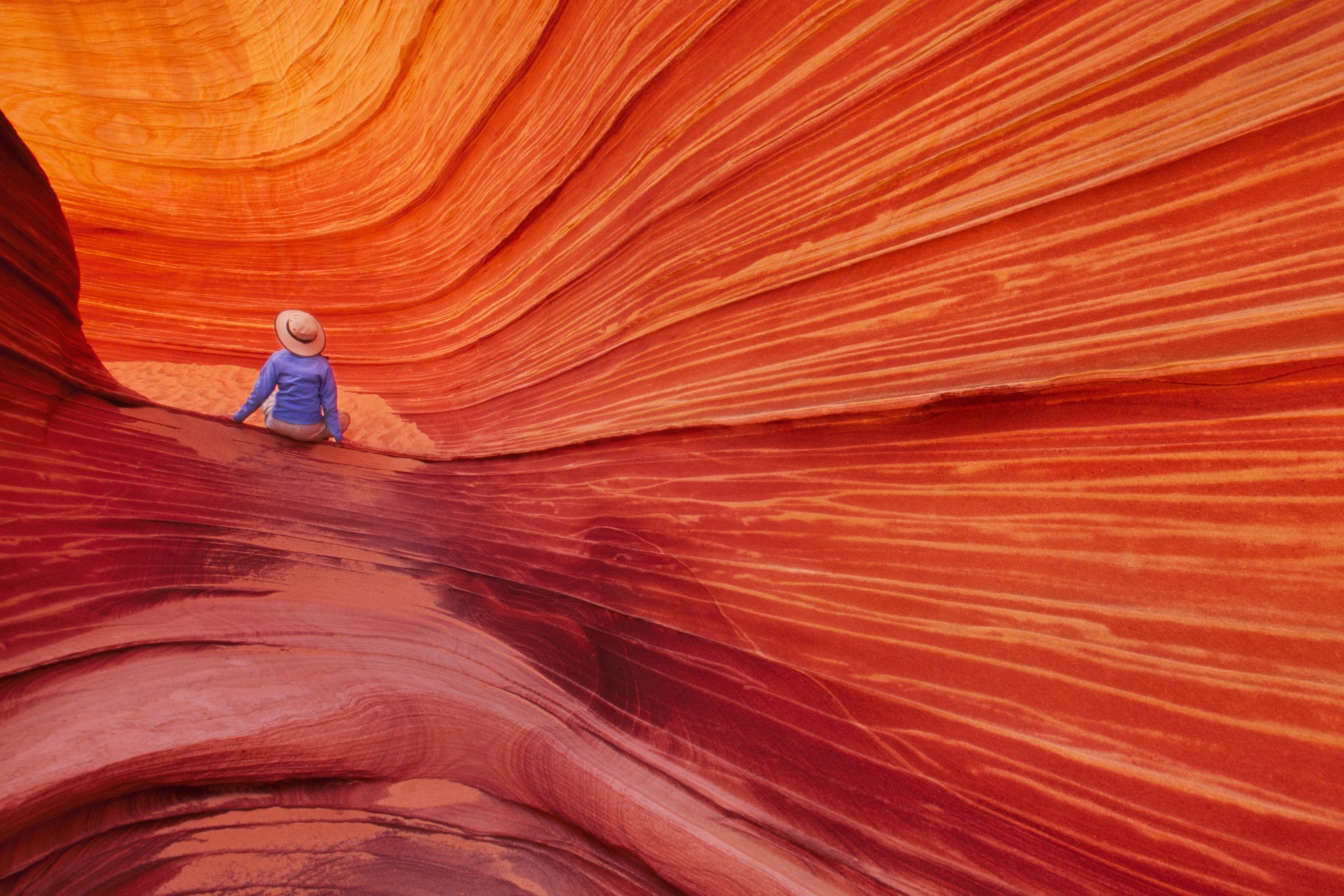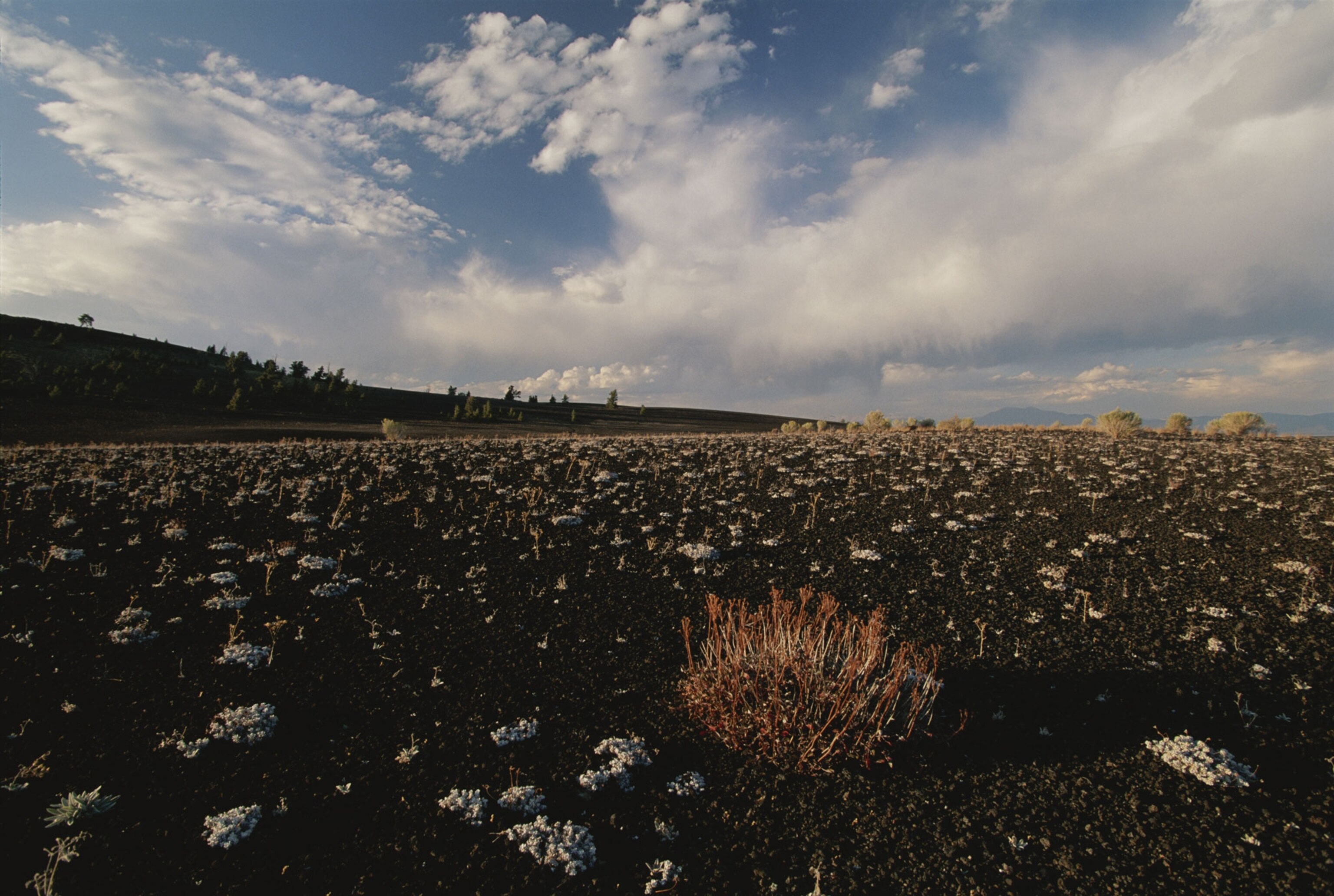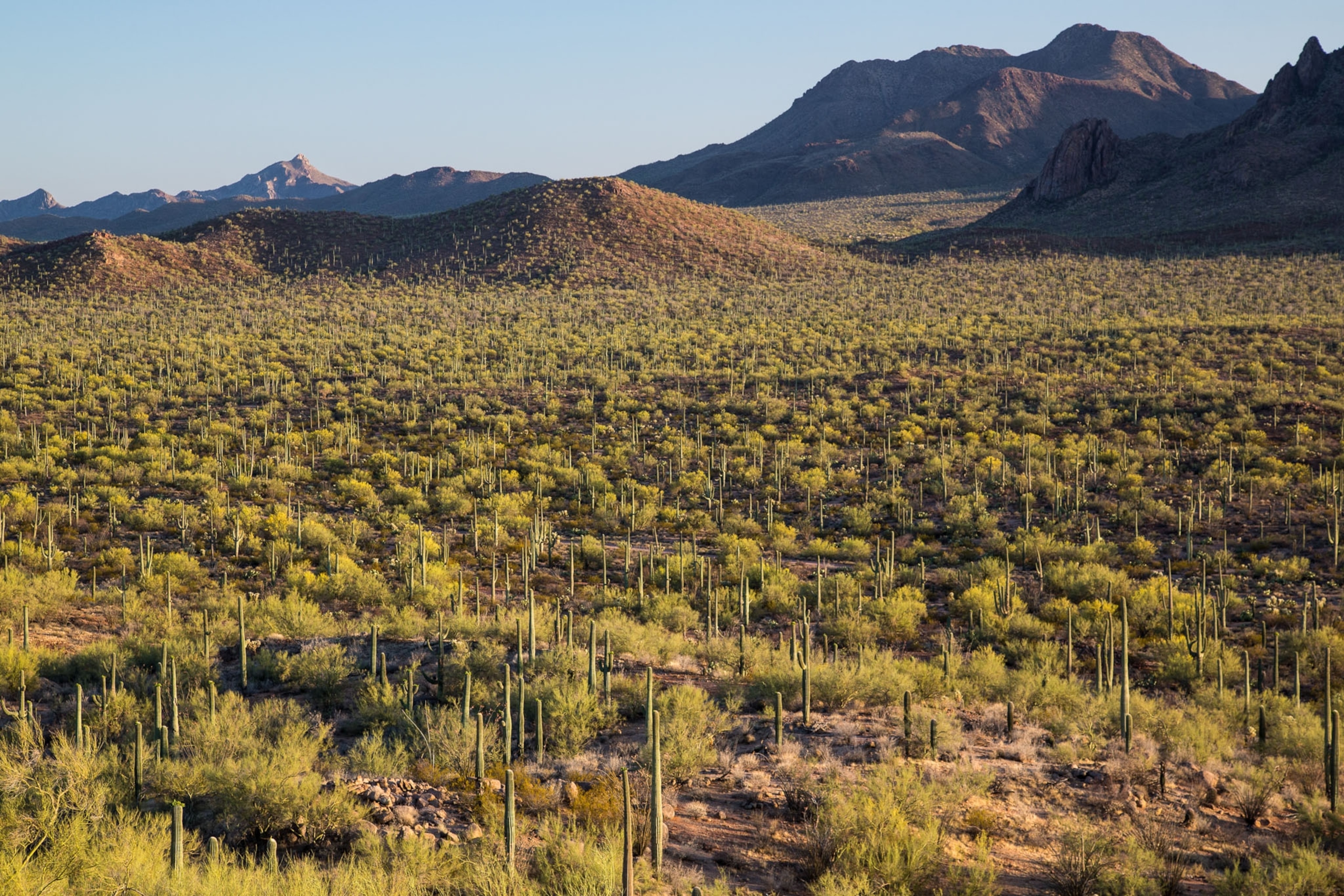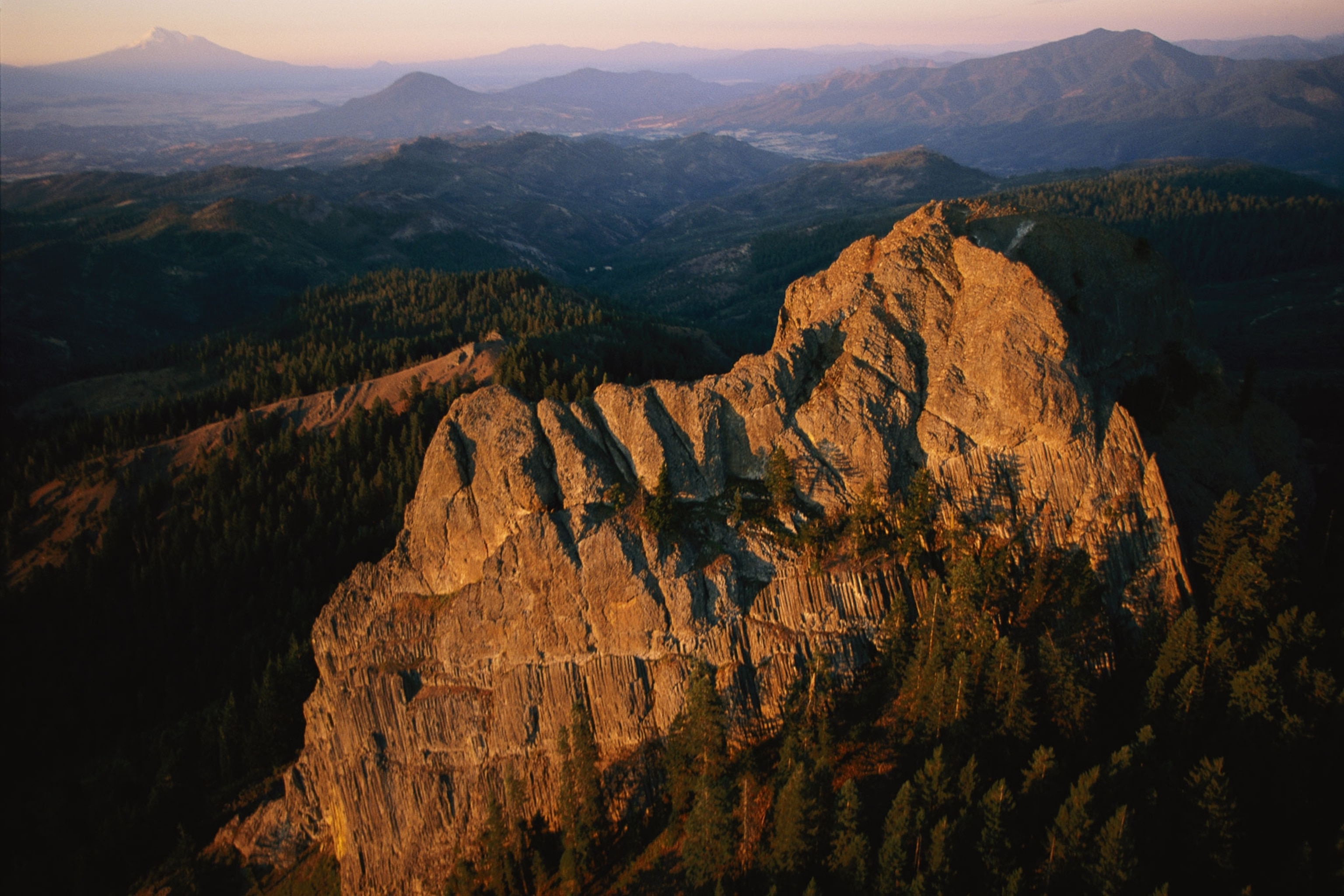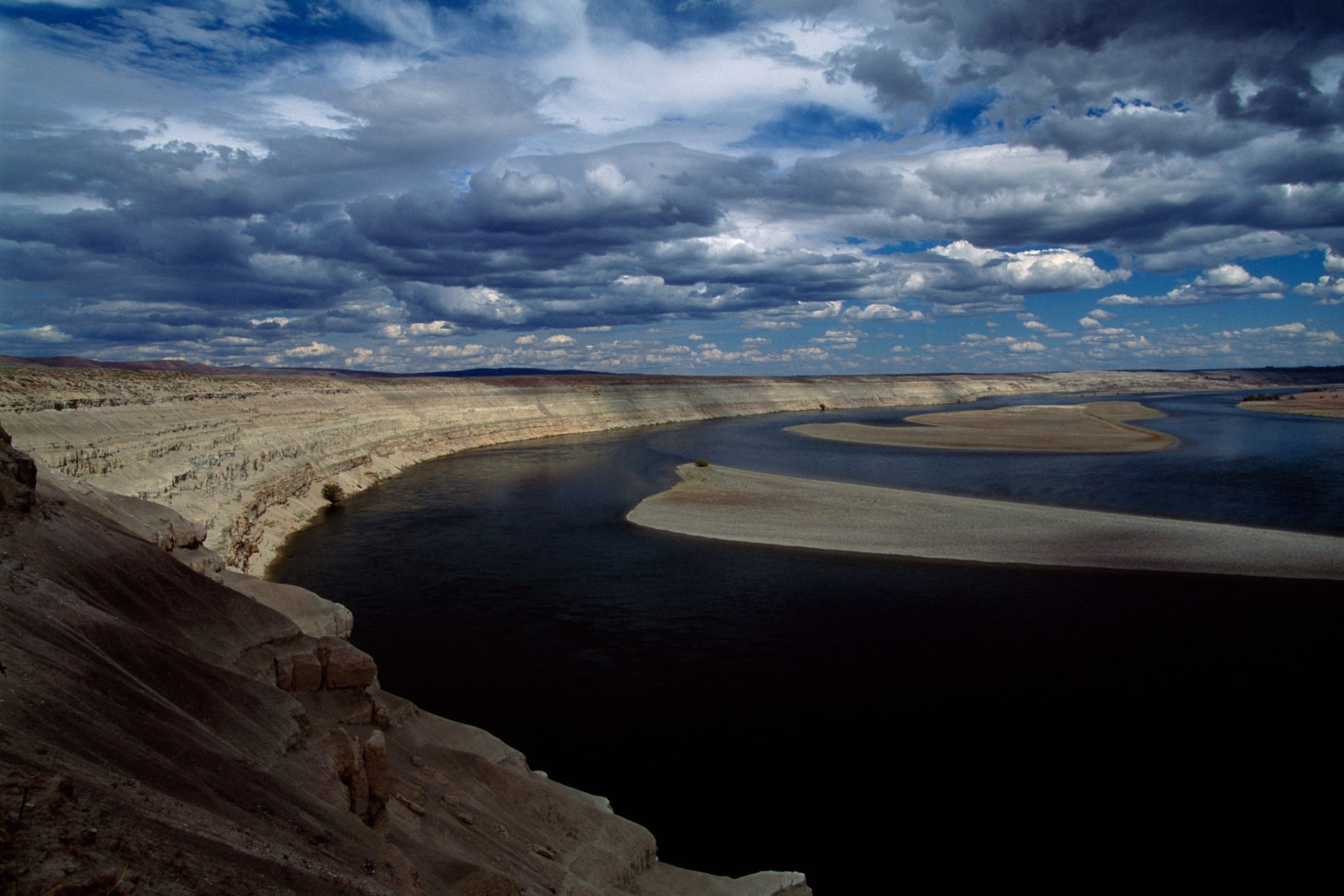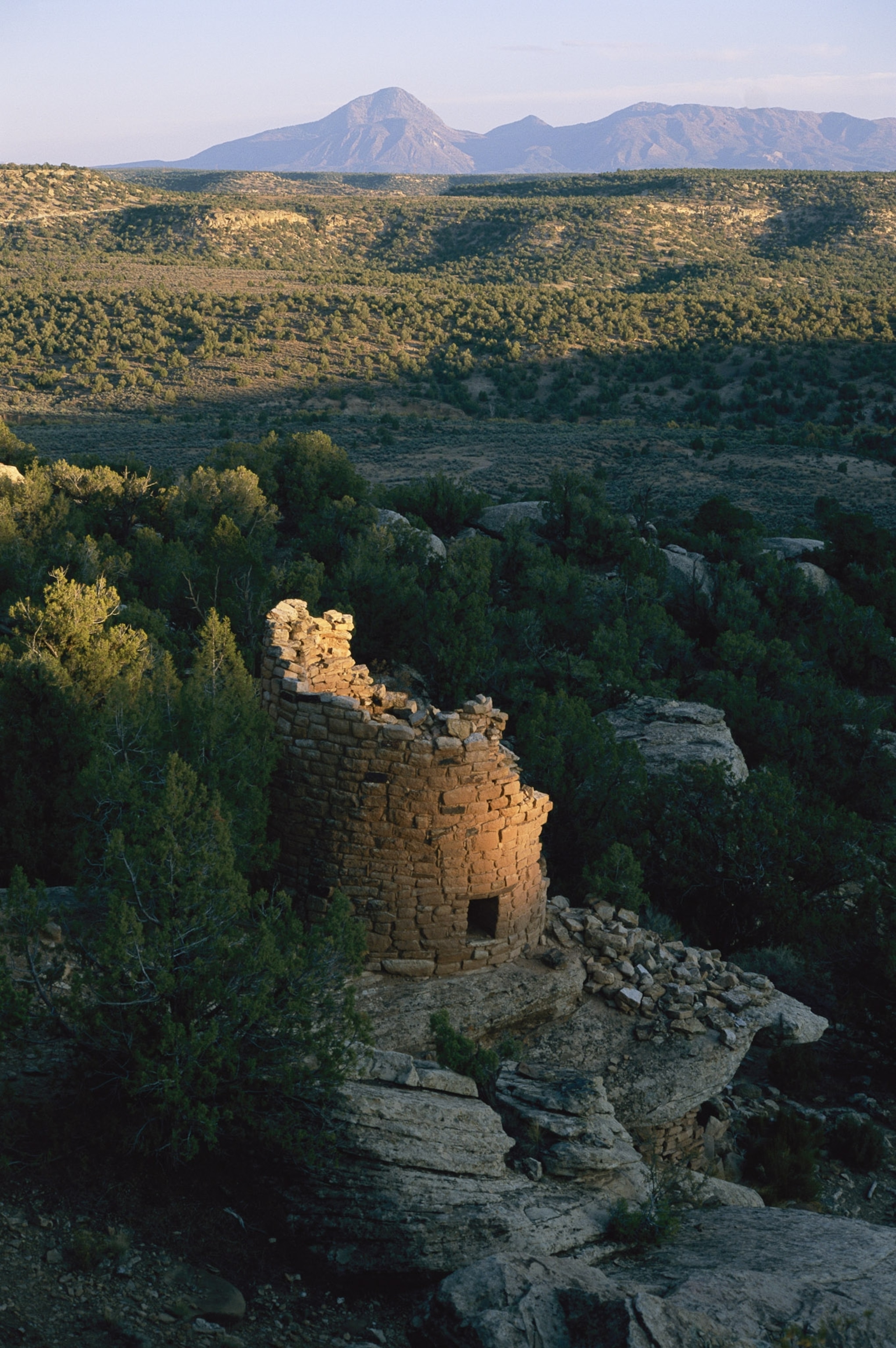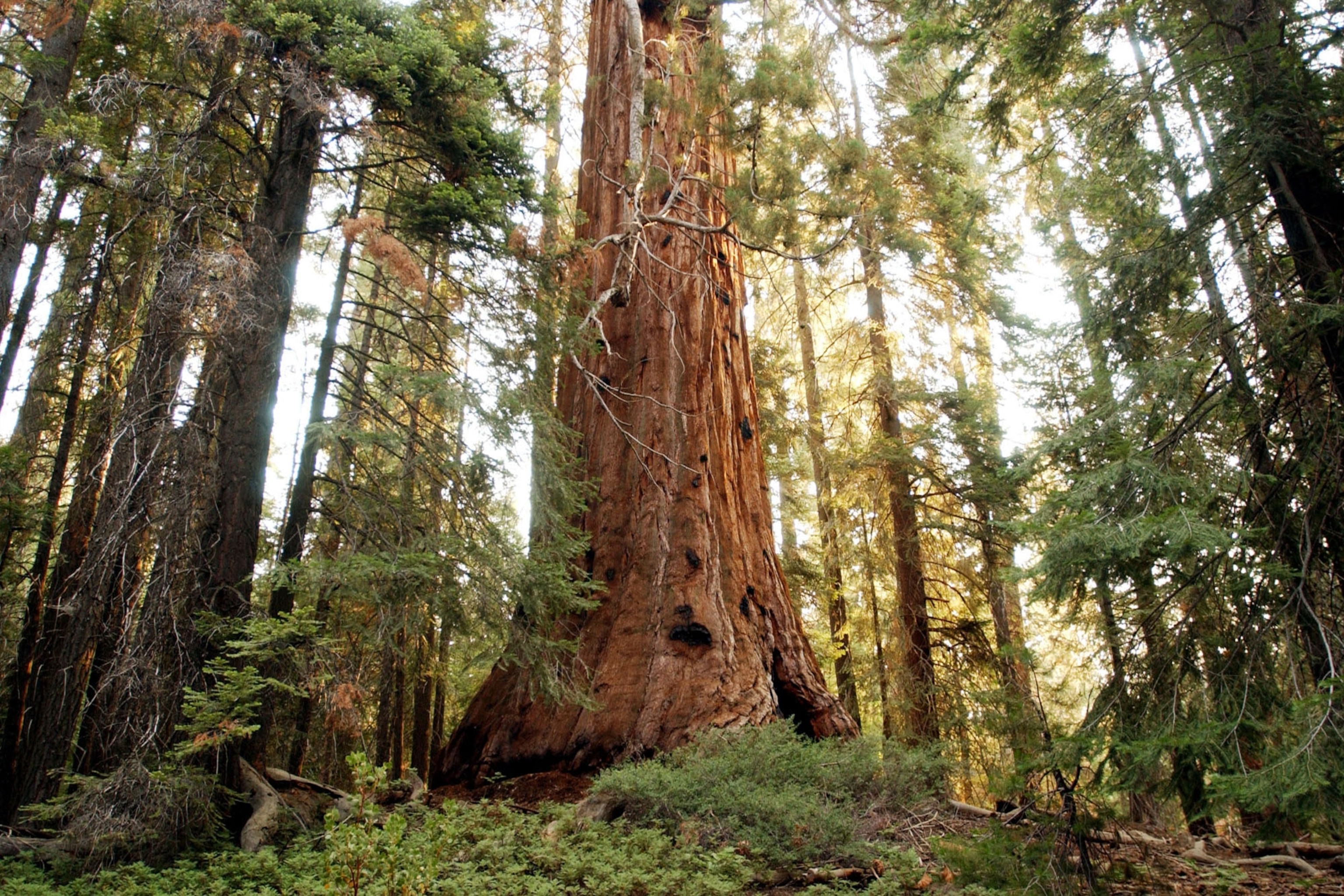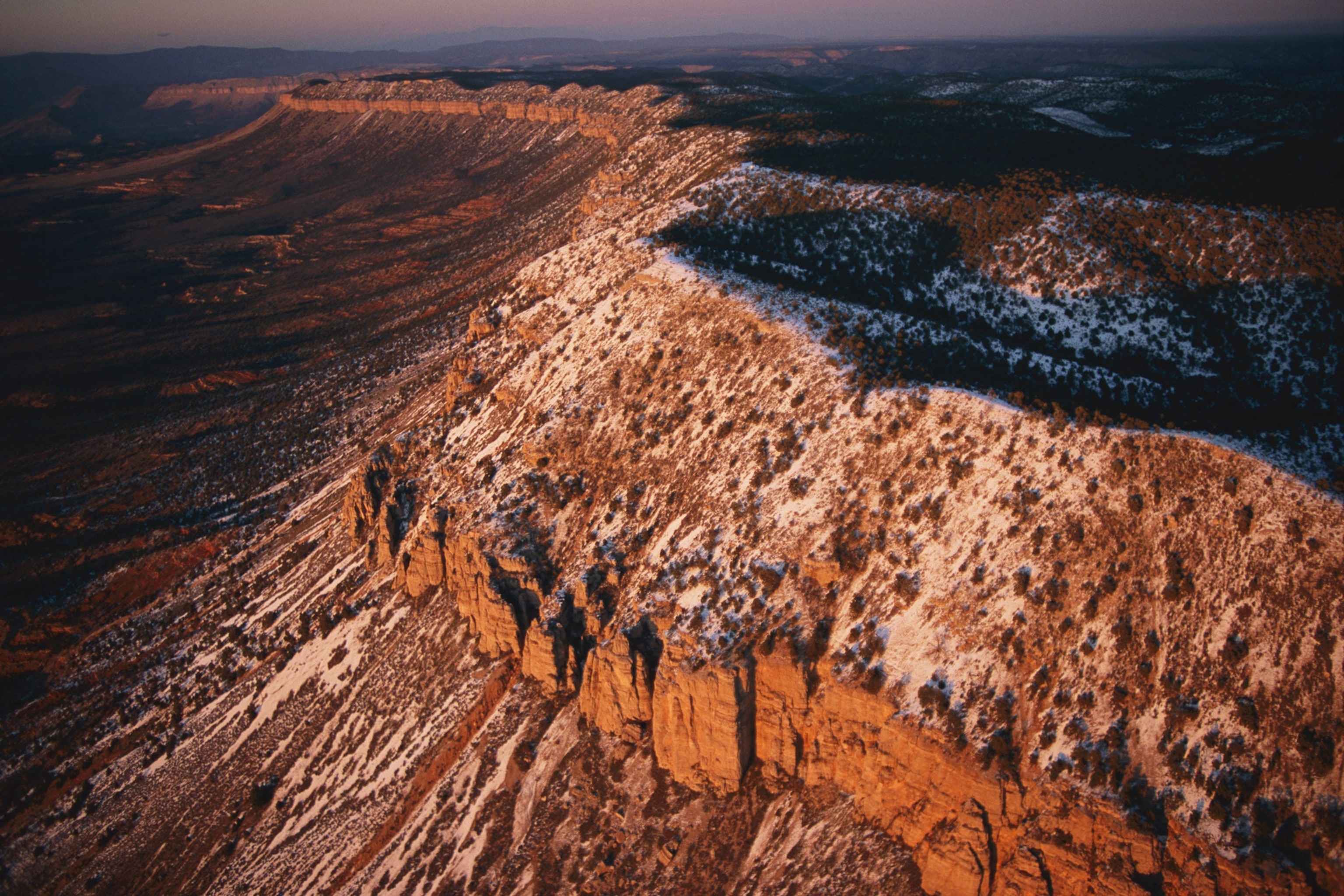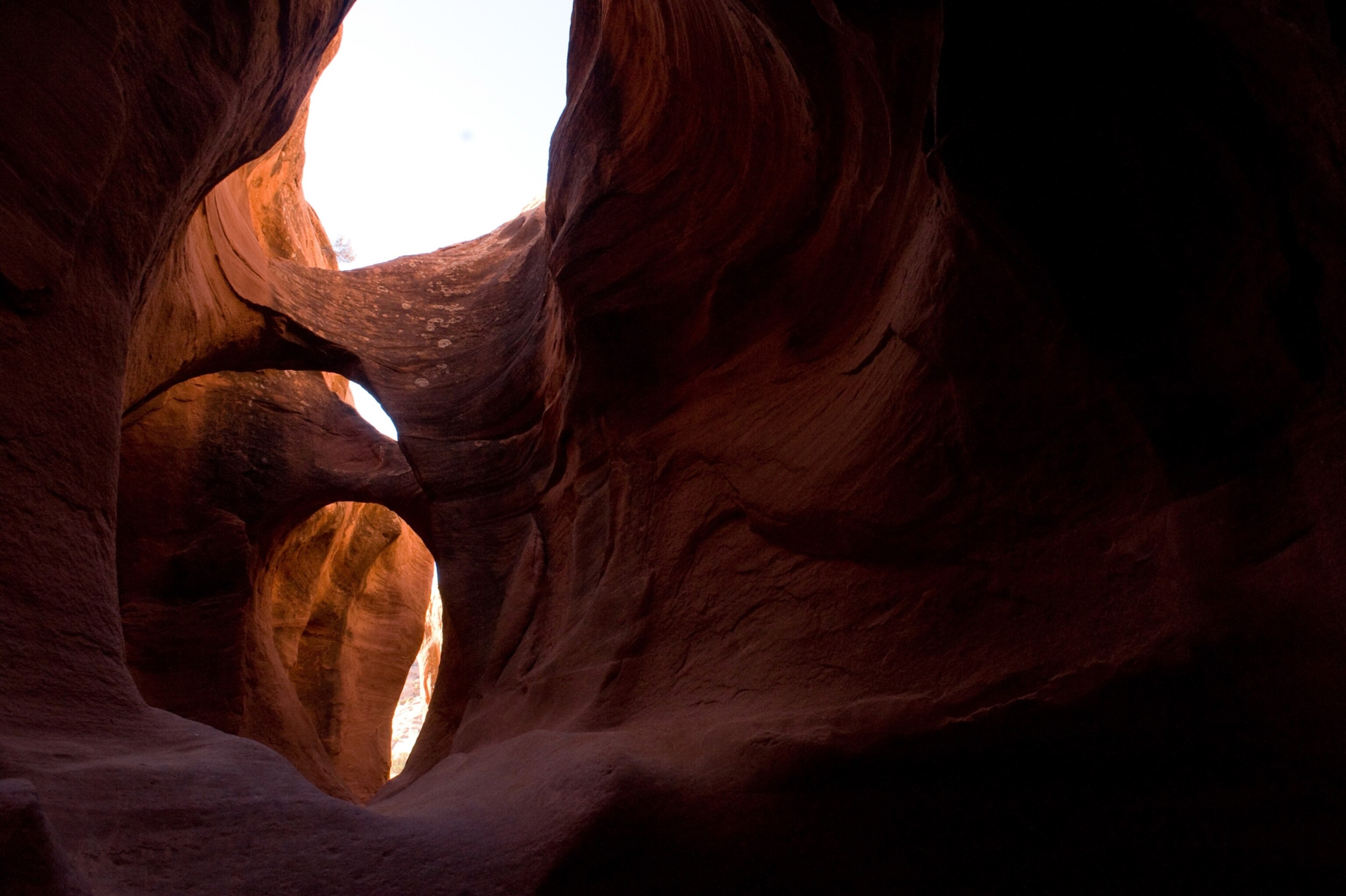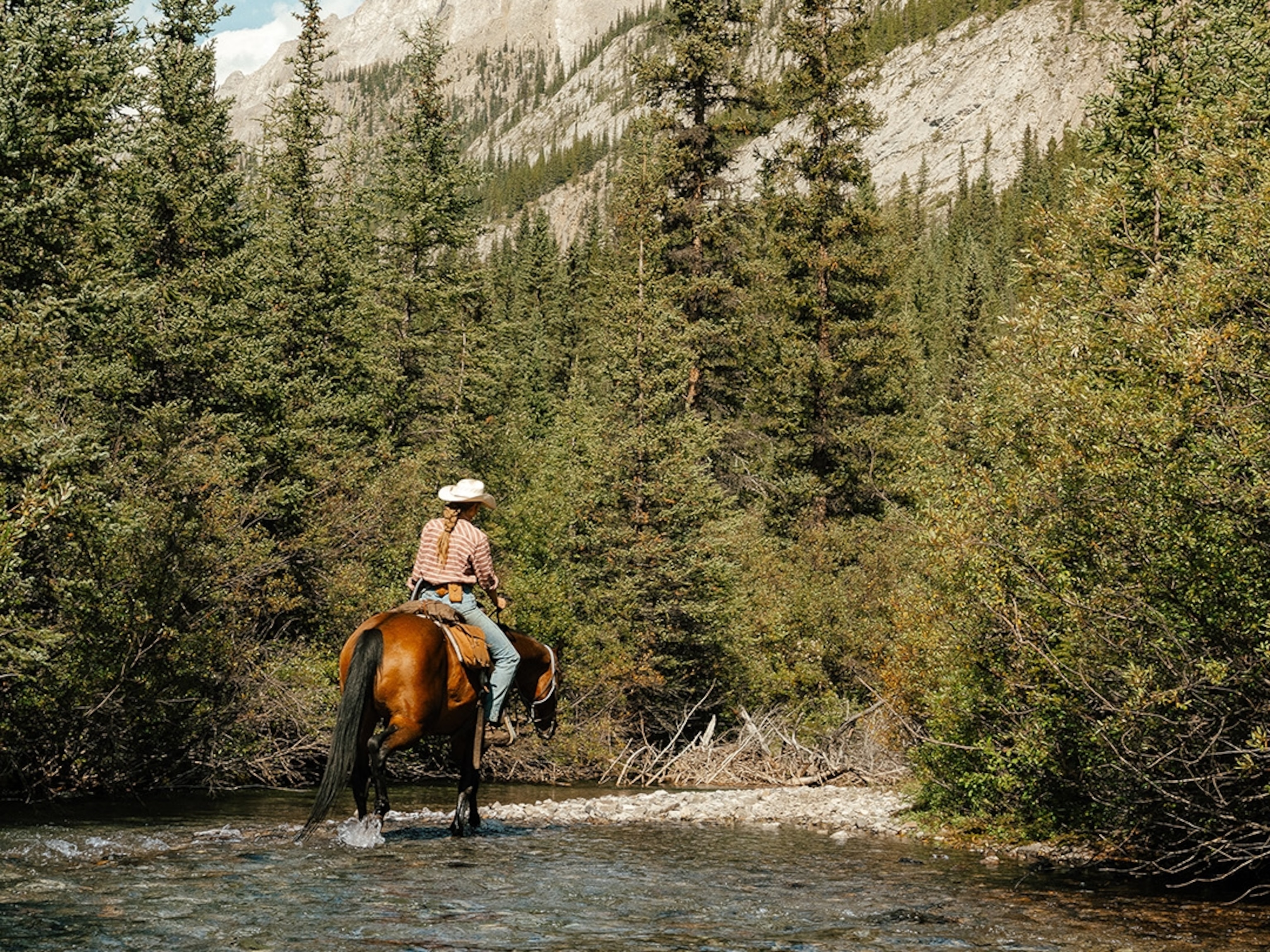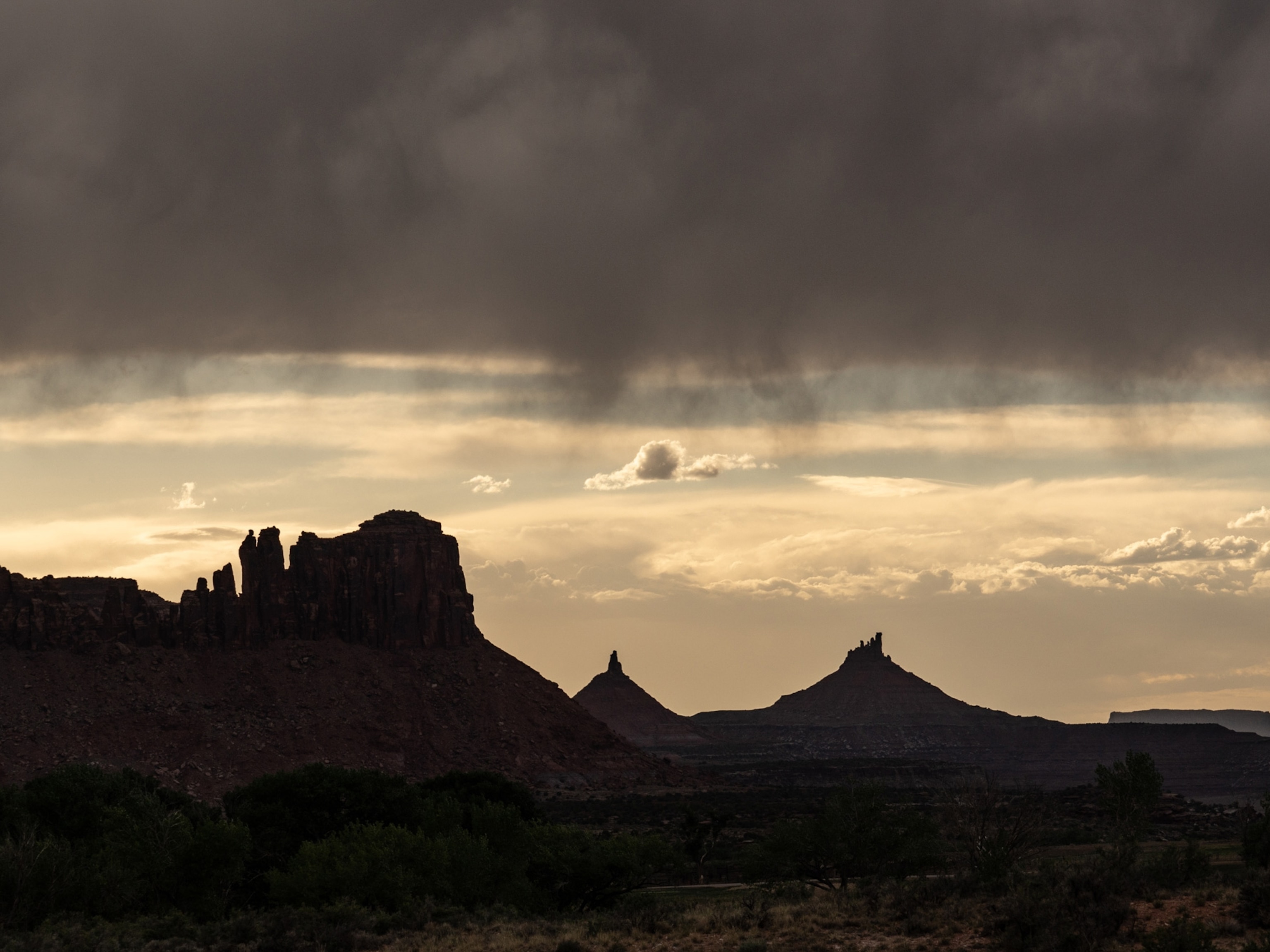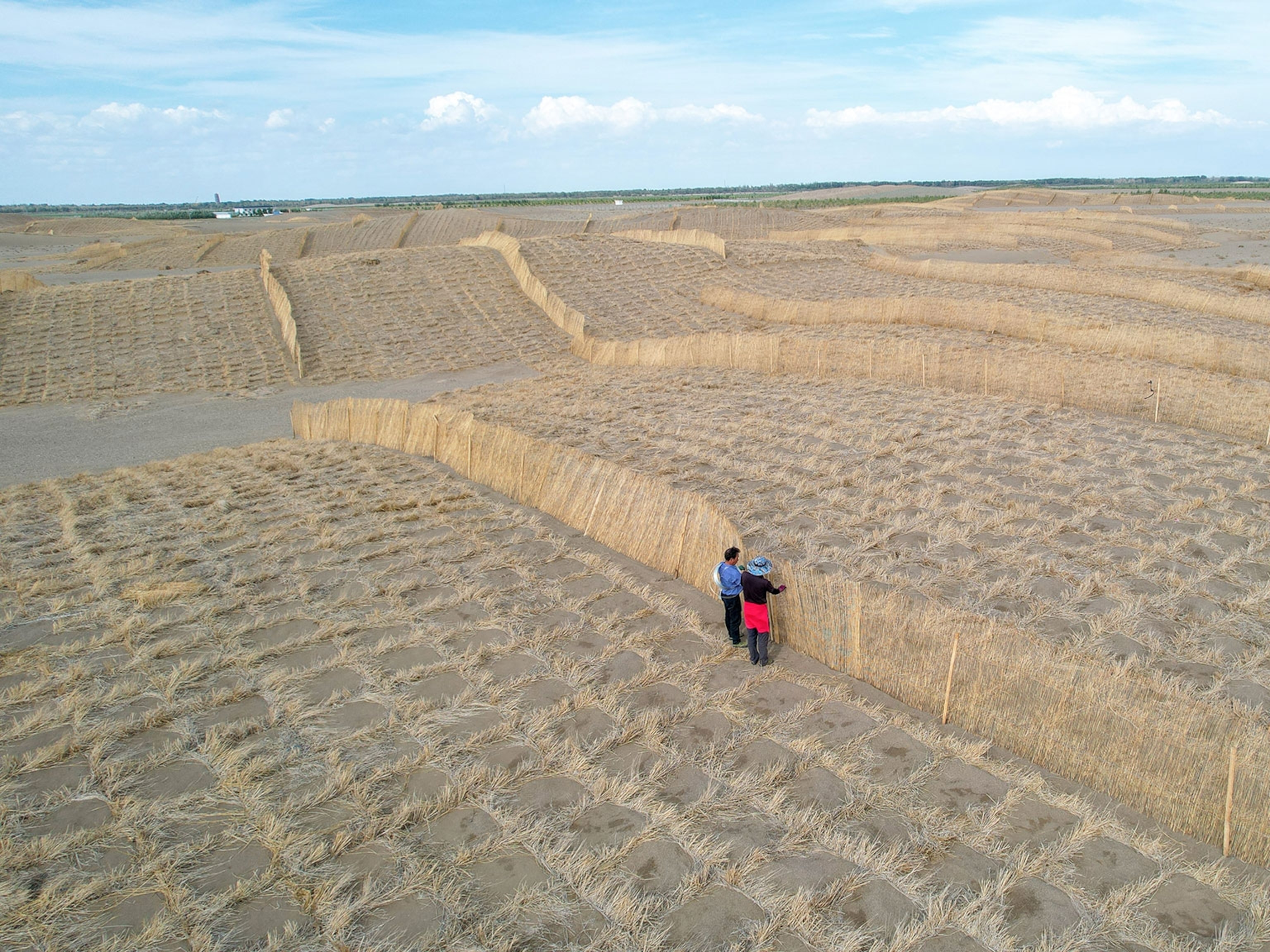What Trump’s Shrinking of National Monuments Actually Means
The president announced reductions to Bears Ears and Grand Staircase Escalante, but the actual picture on the ground remains highly uncertain.
In a speech delivered in Salt Lake City on December 4, President Trump announced his intention to sharply reduce two Utah national monuments established by his predecessors.
In a move presaged by leaked government documents, Trump announced that he would reduce the 1.35-million acre Bears Ears National Monument, created by President Barack Obama in late 2016, by 85 percent. The president also said he would cut the 1.88-million acre Grand Staircase Escalante National Monument, designated by President Bill Clinton in 1996, nearly in half. (See maps of the monuments under recent review.)
“Some people think that the natural resources should be controlled by a small handful of very distant bureaucrats located in Washington,” Trump said at Utah’s domed State Capitol. “And guess what: They’re wrong.”

The reductions are the culmination of a wide-ranging Interior Department review of recent monument designations and a highly symbolic salvo in a larger campaign to reverse Obama-era public land policies. The Trump administration’s recent edicts—opening new mineral and oil and gas leasing opportunities in protected lands, easing drilling regulations, and rolling back habitat protections for endangered species—have met with furious opposition from conservation groups, outdoor tourism advocates, and Democratic lawmakers.
None, however, have generated as much public outrage as the monuments review. Last summer, Interior Secretary Ryan Zinke traveled across the western United States visiting monuments targeted for potential reduction. Monday’s order has made some of his recommendations official.
What’s next for the two monuments? First up: litigation. The 1906 Antiquities Act gives presidents broad discretion to protect “historic landmarks … and other objects of historic or scientific interest,” without any input from Congress. There is no language in the law, however, granting presidents the power to rescind or cut them. Presidents have made minor adjustments to monument boundaries and one major reduction: in 1915, Woodrow Wilson reduced Mount Olympus National Monument almost by half. None of those excisions have occurred in the last 50 years, however, and none have ever been tested in court.
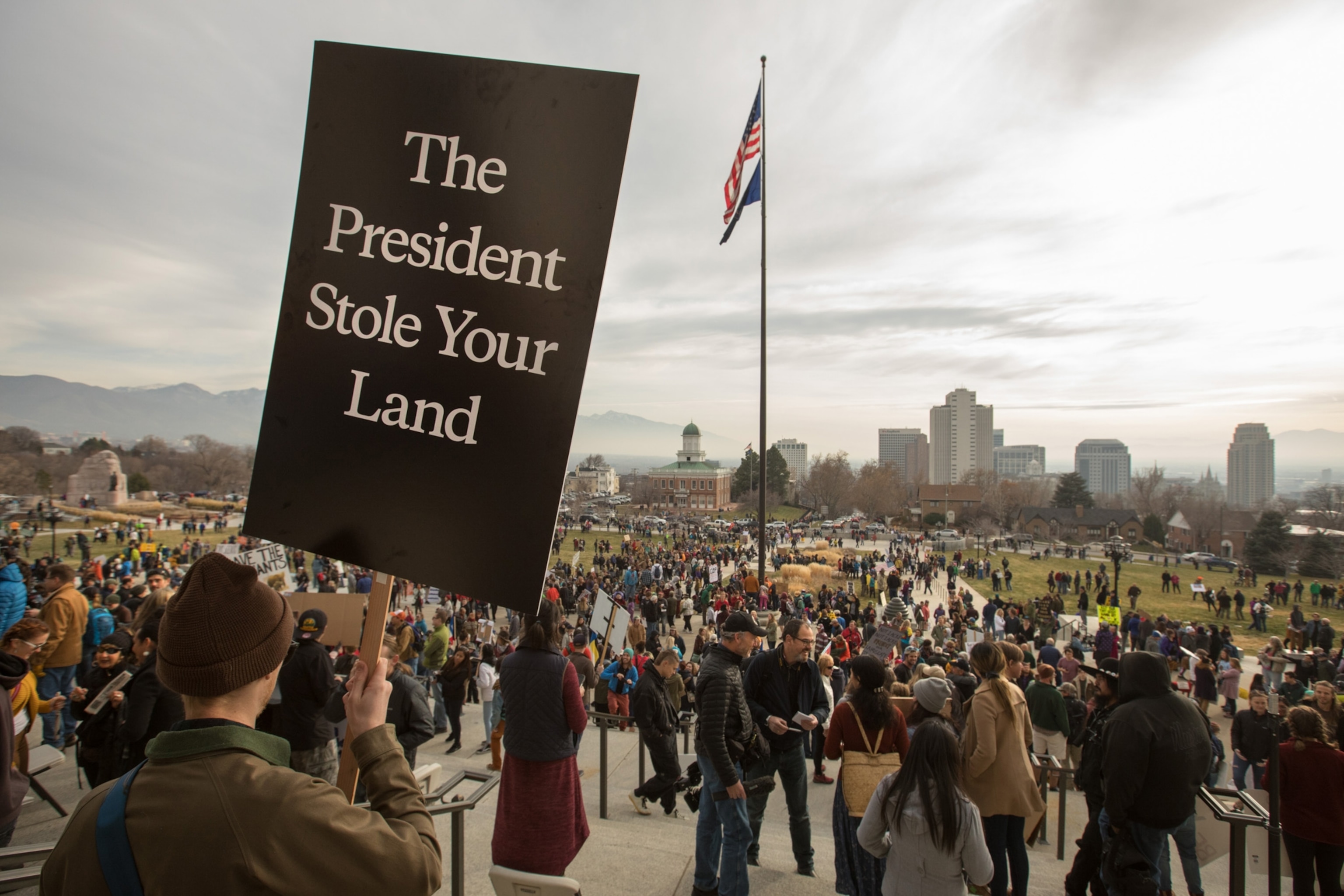
That is about to change. “We’ve got the documents ready to file,” says University of Colorado law professor Charles Wilkinson, who serves as advisor to the coalition of five Indian nations that petitioned for the creation of the Bears Ears monument. Conservation groups have also prepared to file suit to protect Grand Staircase Escalante, and it is likely that the monuments’ fate will be tied up in court for many months to come.
What Happens Next
We shouldn’t expect a big transformation at Bears Ears, at least initially. Created in the waning days of the Obama administration, all changes were put on hold pending Secretary Zinke’s review. The Bureau of Land Management manages the land and its footprint has always been light: until last year only one full-time law enforcement ranger oversaw the massive acreage, which descends from the pine forests and high meadows of Elk Ridge and the Bears Ears, twin buttes held sacred by local tribes, through fissured sandstone canyon systems and piñon-juniper desert notched with bladed ridges and packed with ancestral Pueblo artifacts.
With Trump’s reductions, some of that land will now be open, again, to mineral and oil-and-gas extraction—but both sides agree that we’re unlikely to see drilling rigs inside monument boundaries anytime soon. The last producing well within the Obama-monument boundaries was drilled in 1984, according to Utah’s Division of Oil, Gas & Mining, and plugged in 1992. There are lucrative oil and gas fields on the monument’s northern and southeastern boundaries, but terrain within the boundaries is rugged, remote, and archeologically sensitive.
“Oil and gas plays are not economically viable now,” says Josh Ewing, executive director of local nonprofit conservation group Friends of Cedar Mesa. But, he adds, “they could be in the future.”
San Juan County Commissioner Phil Lyman, a zealous opponent of monument designation, agrees with this assessment. “I suspect there’s potential,” he says. “I would like to know there’s the ability to speculate on energy in that area.”
Threats Facing Bears Ears
The biggest threat to Bears Ears in the immediate future, says Ewing, is visiting tourists. For many years, the area’s very remoteness protected its rich archeology. There are more than 100,000 ancestral Puebloan sites—cliff dwellings tucked into mineral-streaked sandstone alcoves, kivas, great houses, room blocks, ancient roads—encompassing millions of potsherds, petroglyphs, textiles, animal and human remains, sandals, grinding stones, 800-year-old corn cobs. But the era of geotagging and image searches has altered that balance: “What the Internet did was take the images and the beauty and incredible archaeology and put it out there for people,” Ewing says.
His organization estimates that visits to the area tripled between 2005 and 2015, doubled again in 2016, and doubled yet again in the first half of 2017, as the battle over the monument put Bears Ears in the news. As visitation has risen, so has the damage: tourists pocketing potsherds, campers using century-old Navajo hogans for firewood; graffiti on ancient rock panels; all-terrain vehicles blasting through ancestral burial grounds.
“The strategy of leaving it alone and trying to keep it a secret is an unsustainable option for protecting the land,” says Ewing.
Local opponents of the monument also agree that visitation is a problem. “I don’t think you’ll talk to anyone in San Juan County who believes it doesn’t need more protection,” says Nicole Perkins, a librarian in the gateway town of Blanding who has helped lead local opposition to the monument.
But many locals oppose relying on what they see as the heavy hand of the federal government to resolve it. The feds, says Lyman, “have become very much the enemy,” and monument designation only strengthens the federal regulatory grip. “They need to leave San Juan County, not own San Juan County.” The cuts to the monument, however, are unlikely to send either the BLM or the visitors away.

In the absence of resources, Friends of Cedar Mesa has embarked on private fundraising efforts to build a visitor’s center and work with the BLM on a campaign to encourage visitors to tread carefully near sensitive ruins. “We’ve created a monster where everybody wants to see the place, but we’re losing financial support from the government,” says backcountry guide Vaughn Hadenfeldt. “I think we’ll win the legal battle in the end, but the cultural resources are going to suffer incredibly in the meantime.”
Grand Staircase Escalante
The calculus is different at Grand Staircase Escalante, which has been managed as a monument for 21 years. People point to the changes there as both inspiration and cautionary tale. In the years since the monument was designated, the area’s breathtaking geological spectacle— knife-edged ridges, sleek white domes, lush valleys, and cloud-shaped rock formations—has lured increasing numbers of visitors. Tourism now brings $78 million annually to nearby counties.
But some locals argue that the monument has hurt the area’s overall economy. After the monument’s designation in 1996, the government bought out the leases for a proposed coal mine on the Kaiparowits Plateau—an arid, stony mesa above the town of Escalante, rich in both fossil fuel and paleontological treasures—and a planned coal mine never opened. A lumber mill that processed timber logged from the nearby National Forest also closed in 2009 during the financial crisis; critics argue that the environmental scrutiny that came with monument designation made it too difficult to operate.
“The natural resource jobs went away,” says Drew Parkin, a resource manager who once worked at the monument but is now a vocal opponent. “In an environment like this tourism jobs can’t take their place: full-time jobs, with benefits, year-round.” When the tourists leave in winter, the only restaurant open in the town of Escalante is a Subway. Local school enrollment has dropped nearly by half; young families have left.
Supporters of the monument argue that the decline in extraction jobs and school enrollment reflect larger trends in rural towns everywhere. It is not that there aren’t jobs, they say, but that the nature of the jobs has changed.
“I could name ten businesses someone could start tomorrow that would thrive here,” says Blake Spalding, who co-owns Hell’s Backbone Grill, a busy restaurant in the gateway town of Boulder. Her restaurant and 6.5-acre organic farm has 50 employees. “Most of them make double the minimum wage,” she says. Monument supporters like Spalding point to studies showing that the creation of national monuments expand the economies in nearby communities; anti-monument groups trot out other research showing the opposite.
The Impacts of Uncertainty
Will resource jobs return to Escalante? The coal on the Kaiparowits is deeply buried. It will be difficult to recover and even more difficult to get to market through such craggy, harsh, remote terrain; the collapse of the market for coal today makes those economics even more difficult.
“It didn’t happen when coal was king in the 70s because the infrastructure wasn’t there,” says Nicole Croft of Escalante Partners, a local environmental organization. Nor will the new boundaries alter the math for the cattle industry in the monument: ranchers still run cattle on the vast majority of the acreage they leased before its creation.
What the cuts have introduced to Escalante and national monument communities across the nation is uncertainty. “It’s been 21 years now,” says Spalding. “These gateway towns are full of people who made lives and families around the monument.”
Will tourists continue to visit, Spalding asks, if there are drilling rigs in the foreground and mining plumes in the background? “No one knows what will happen next,” says Croft. “The rug is being pulled out from under us.”
Hannah Nordhaus is author of American Ghost and The Beekeeper’s Lament. Based in Boulder, Colorado, she is covering public lands in the West for National Geographic magazine, with National Geographic photographer Aaron Huey. Huey is based in Seattle and has extensively covered cultural and environmental issues.
